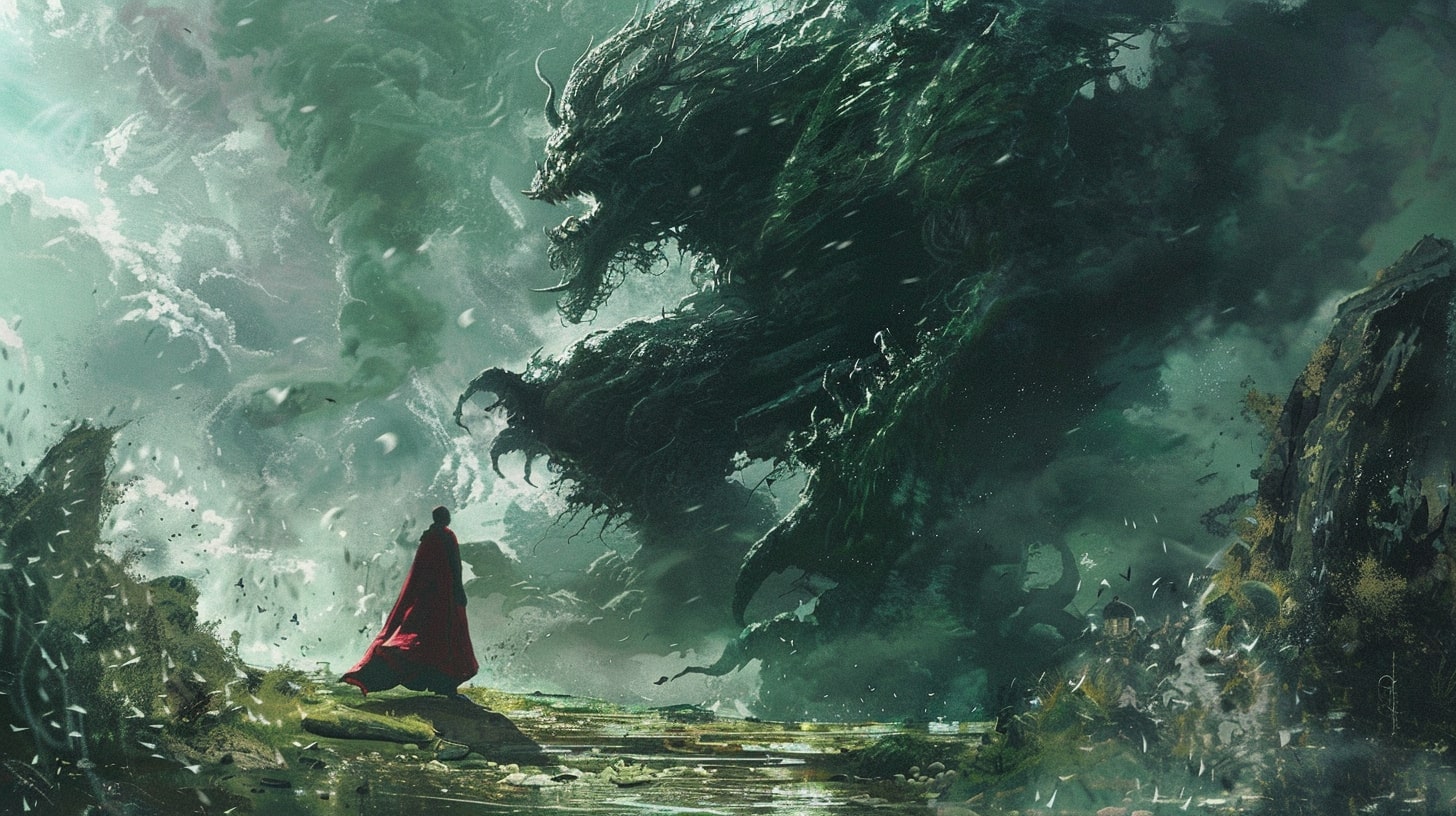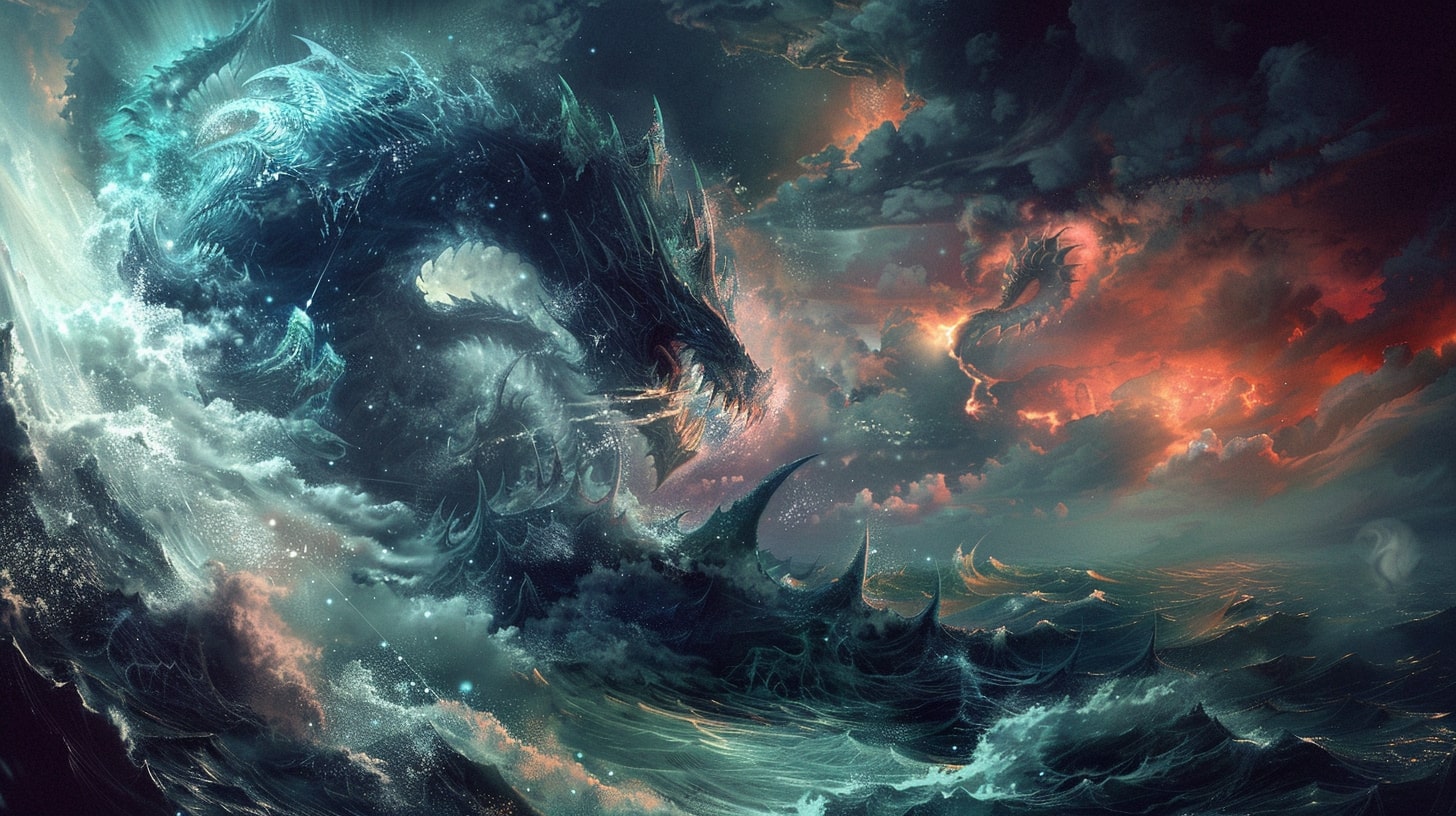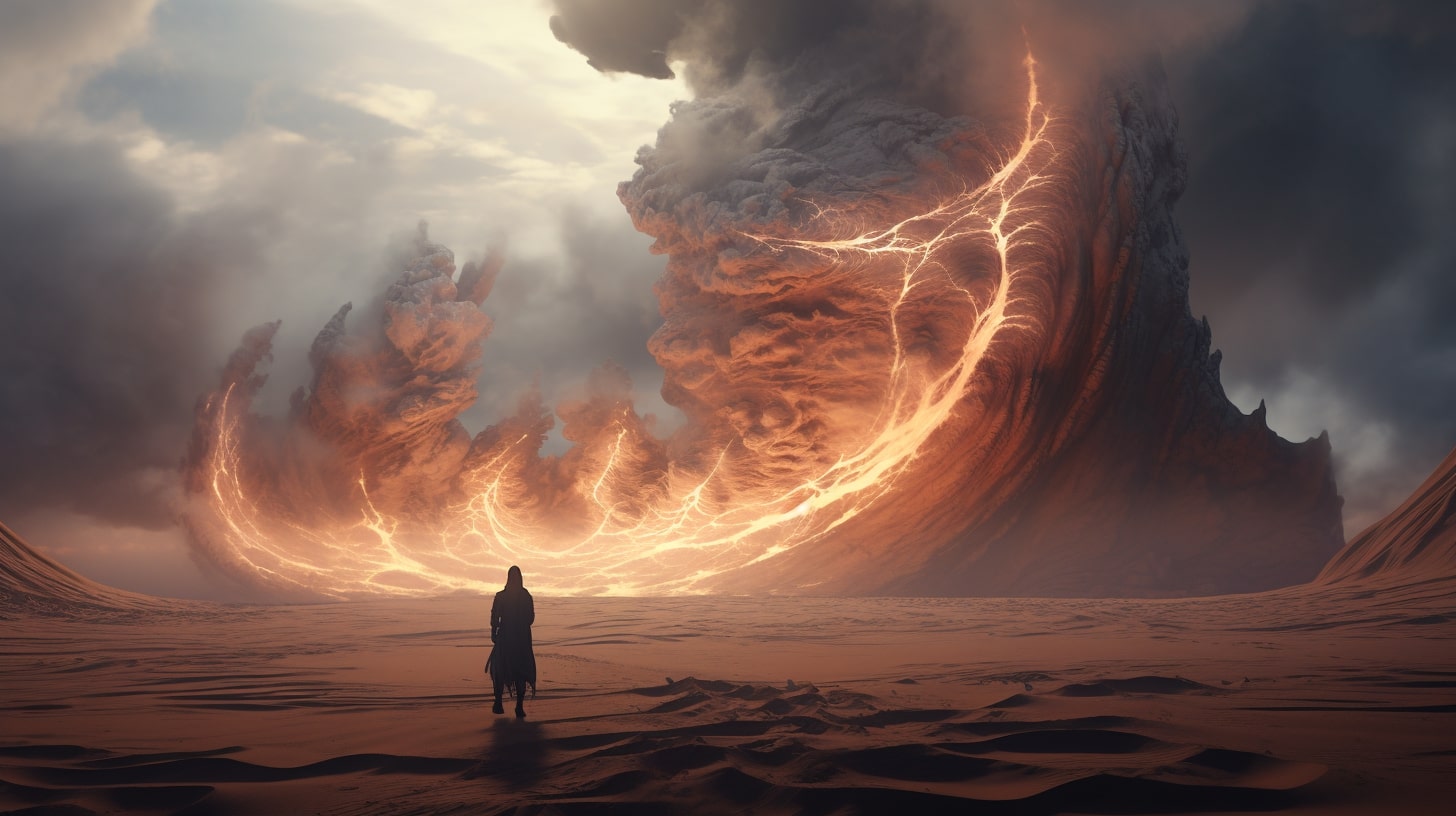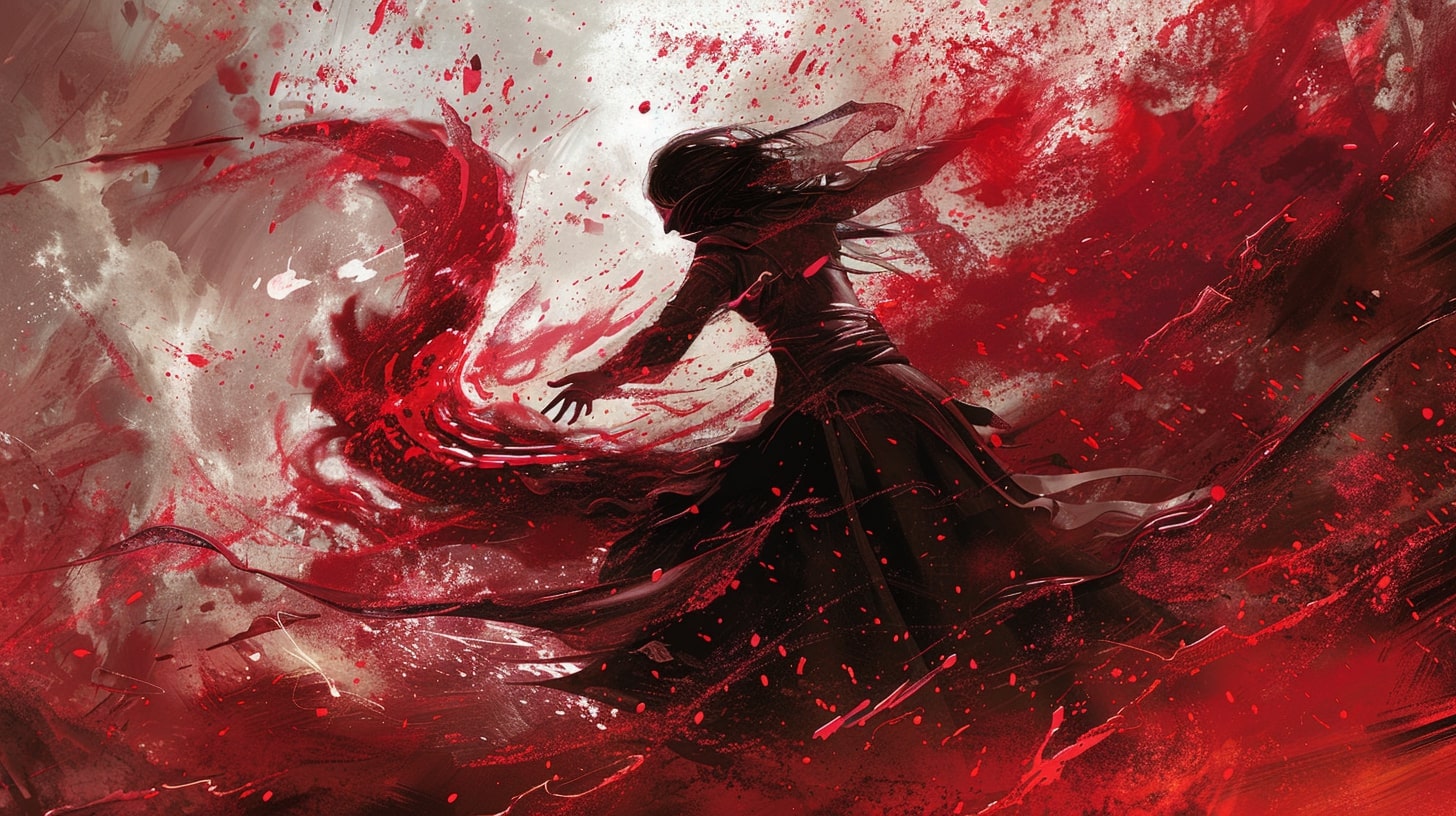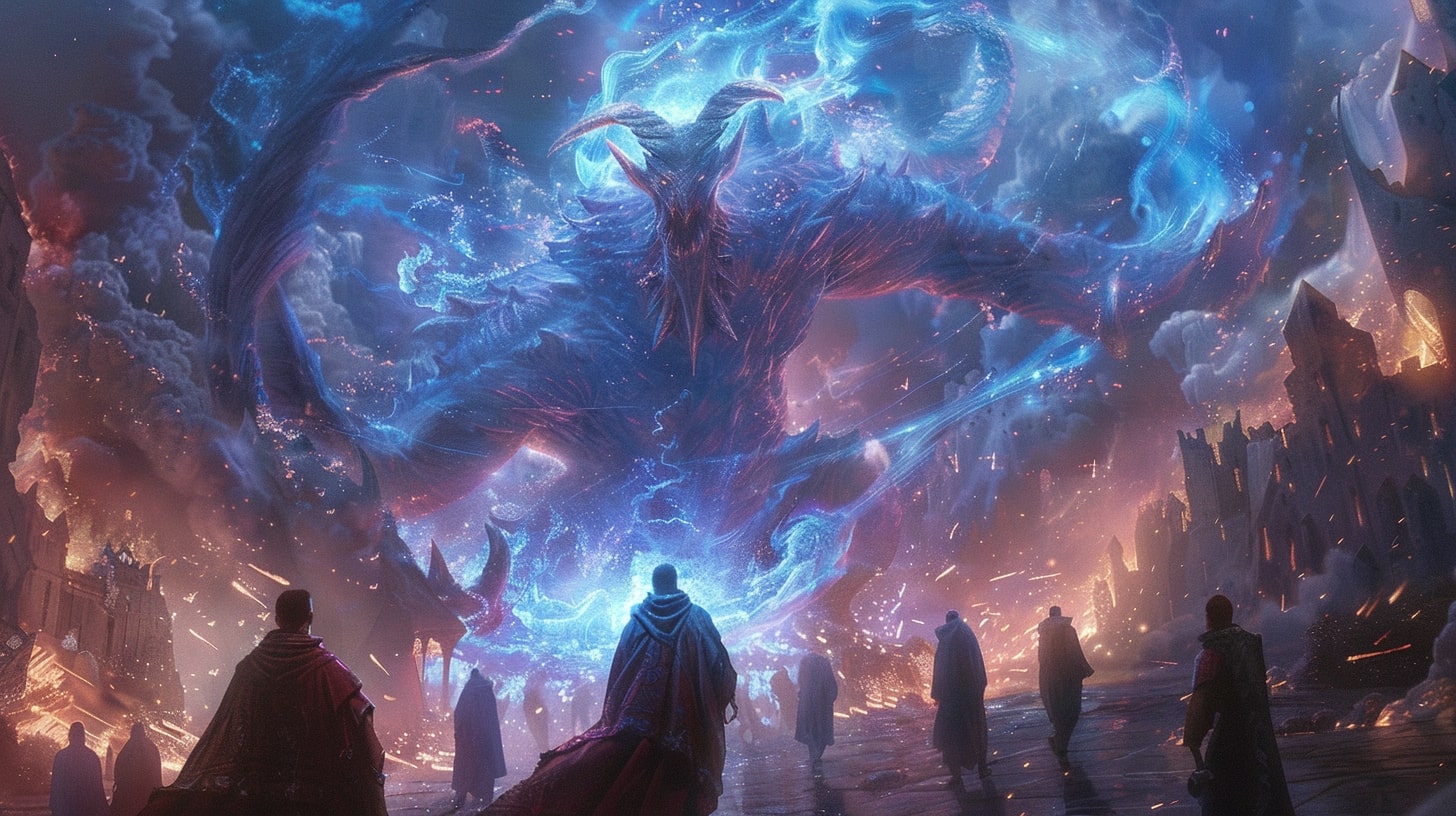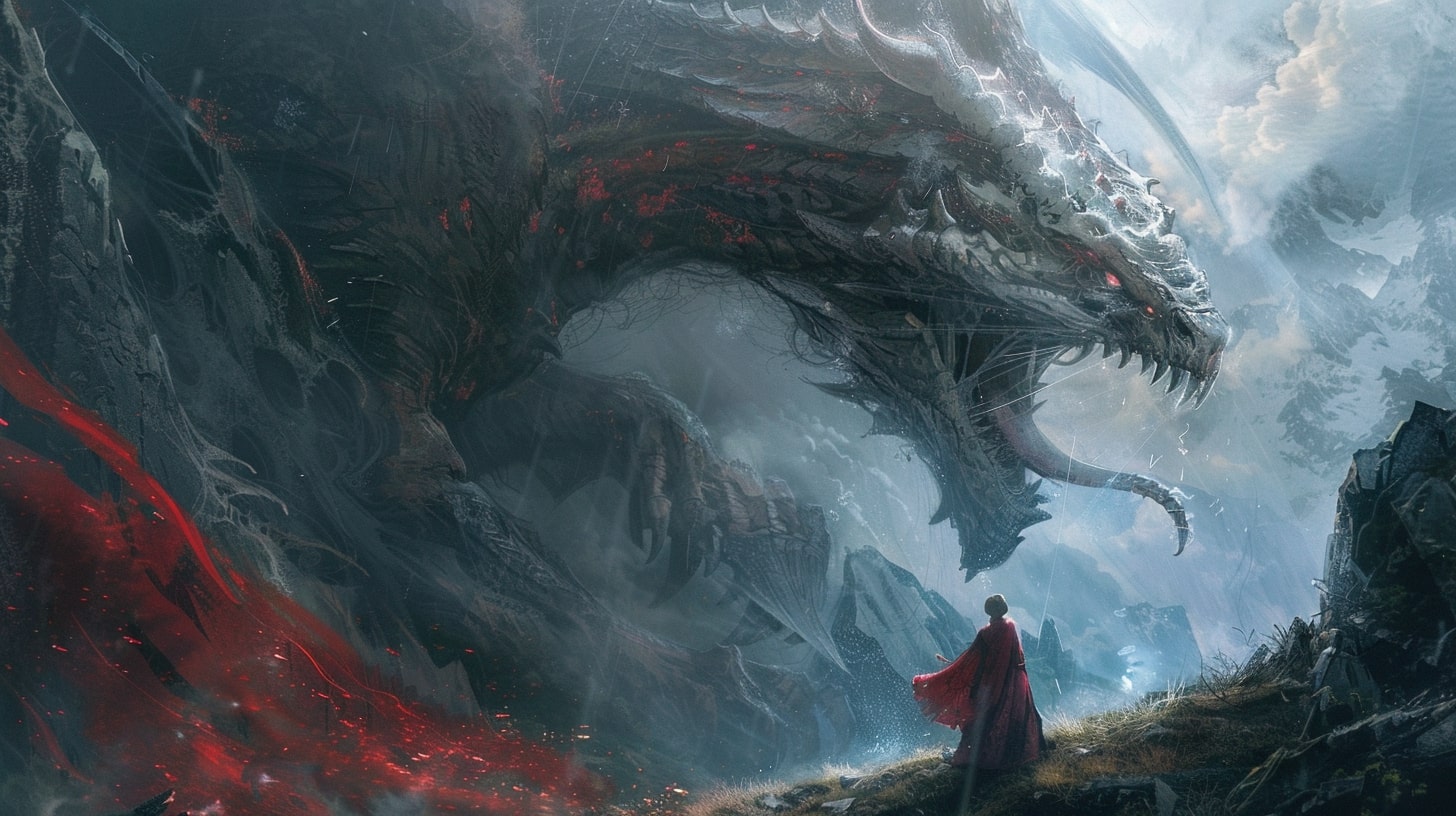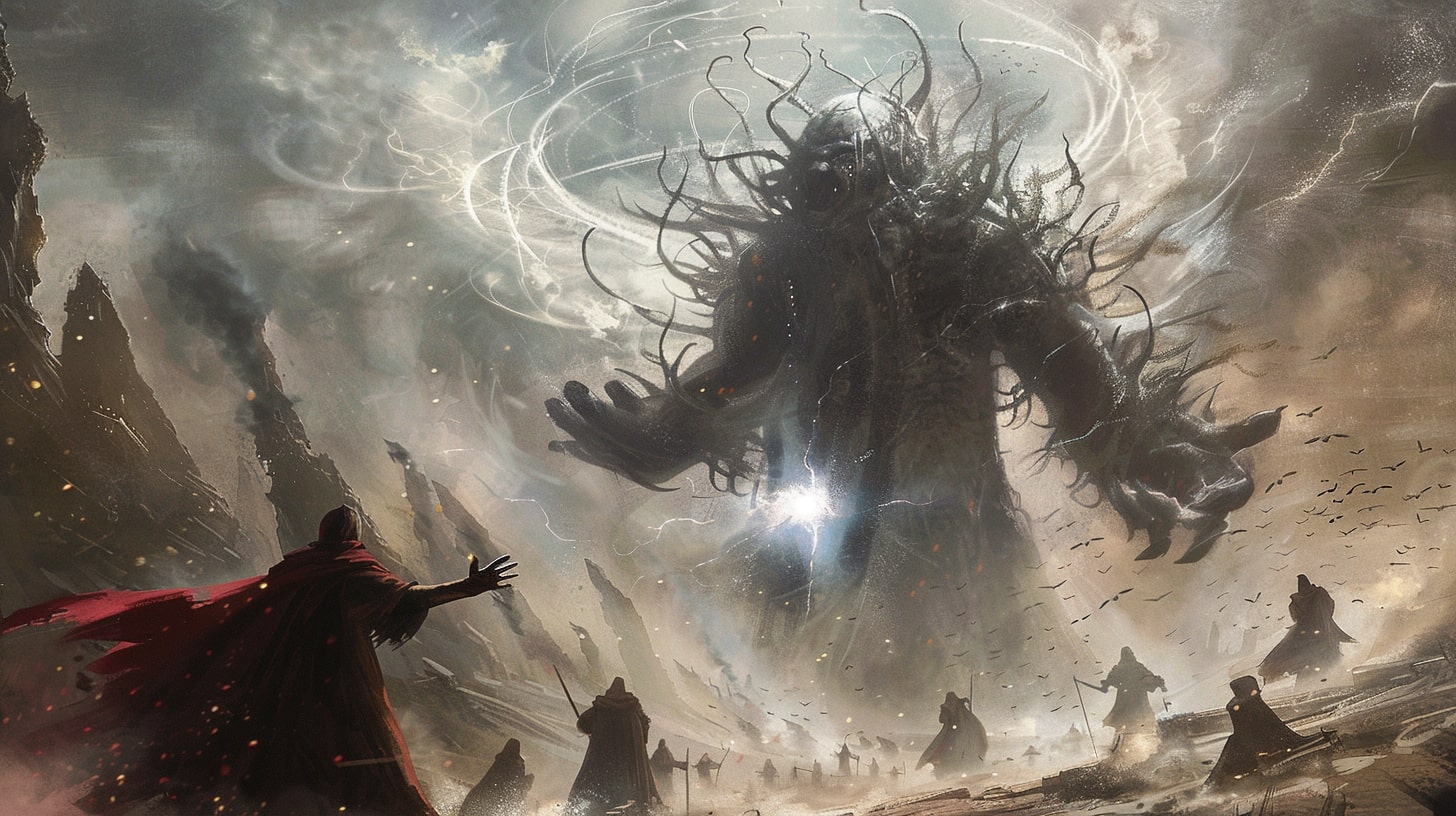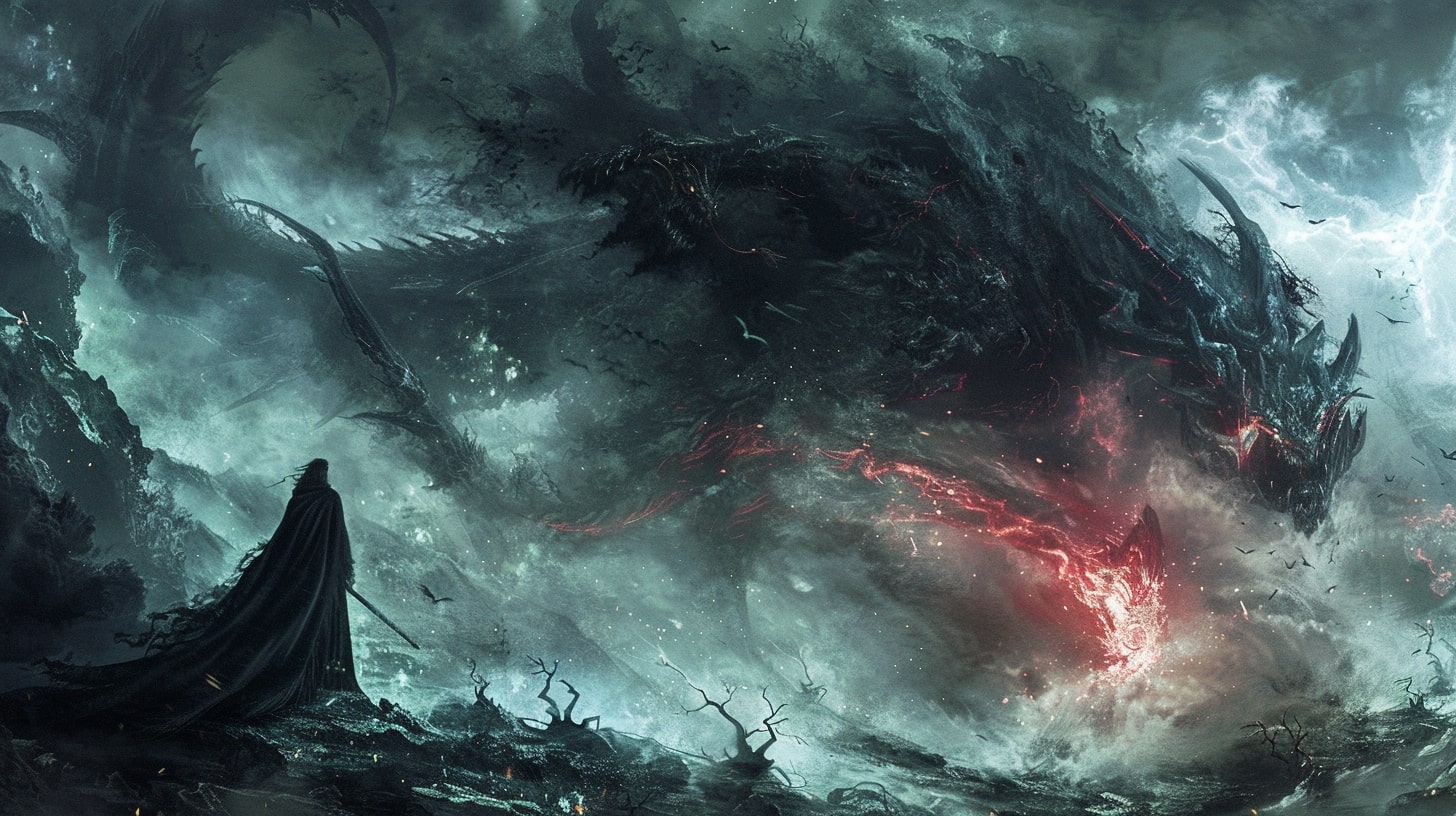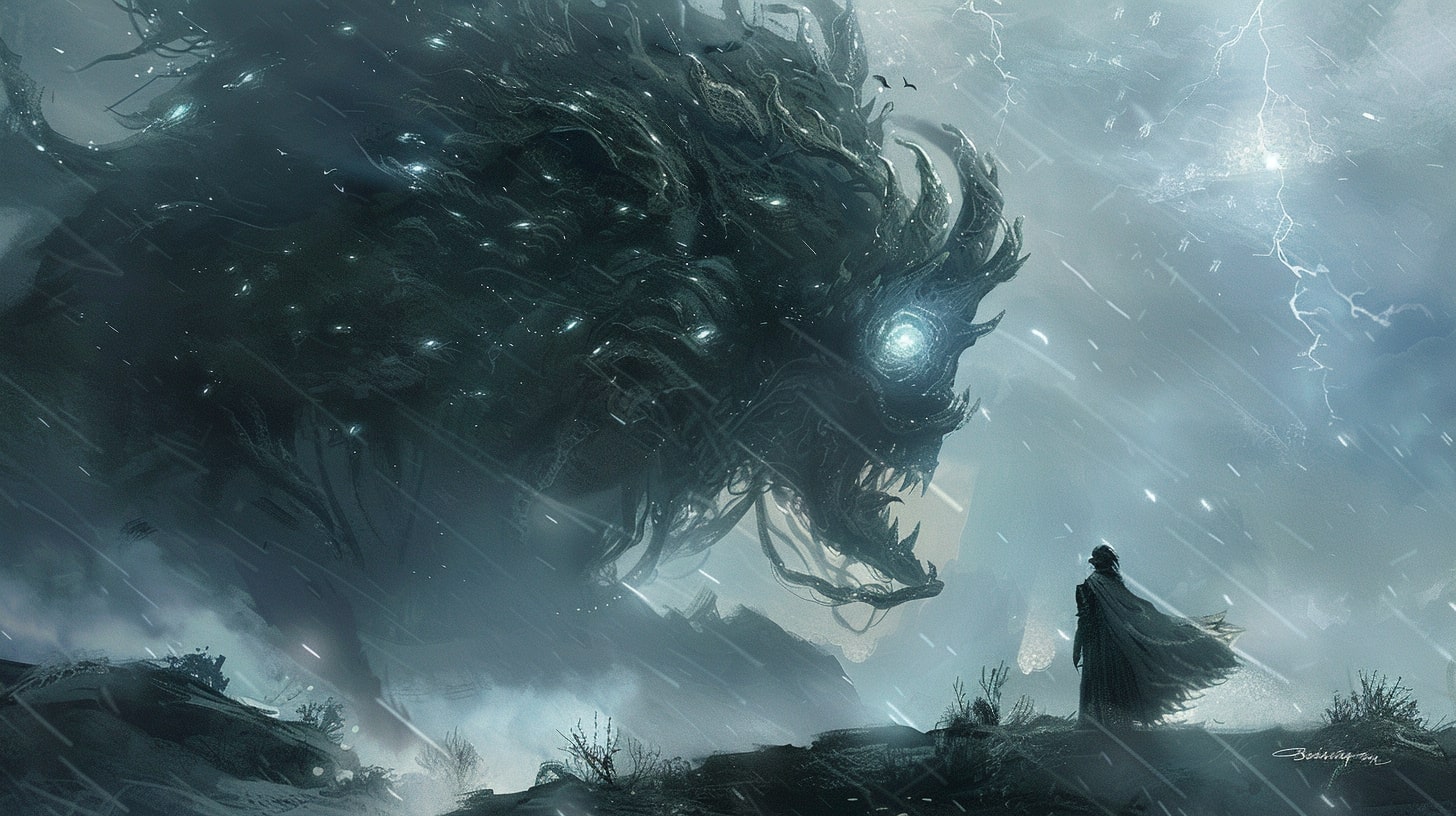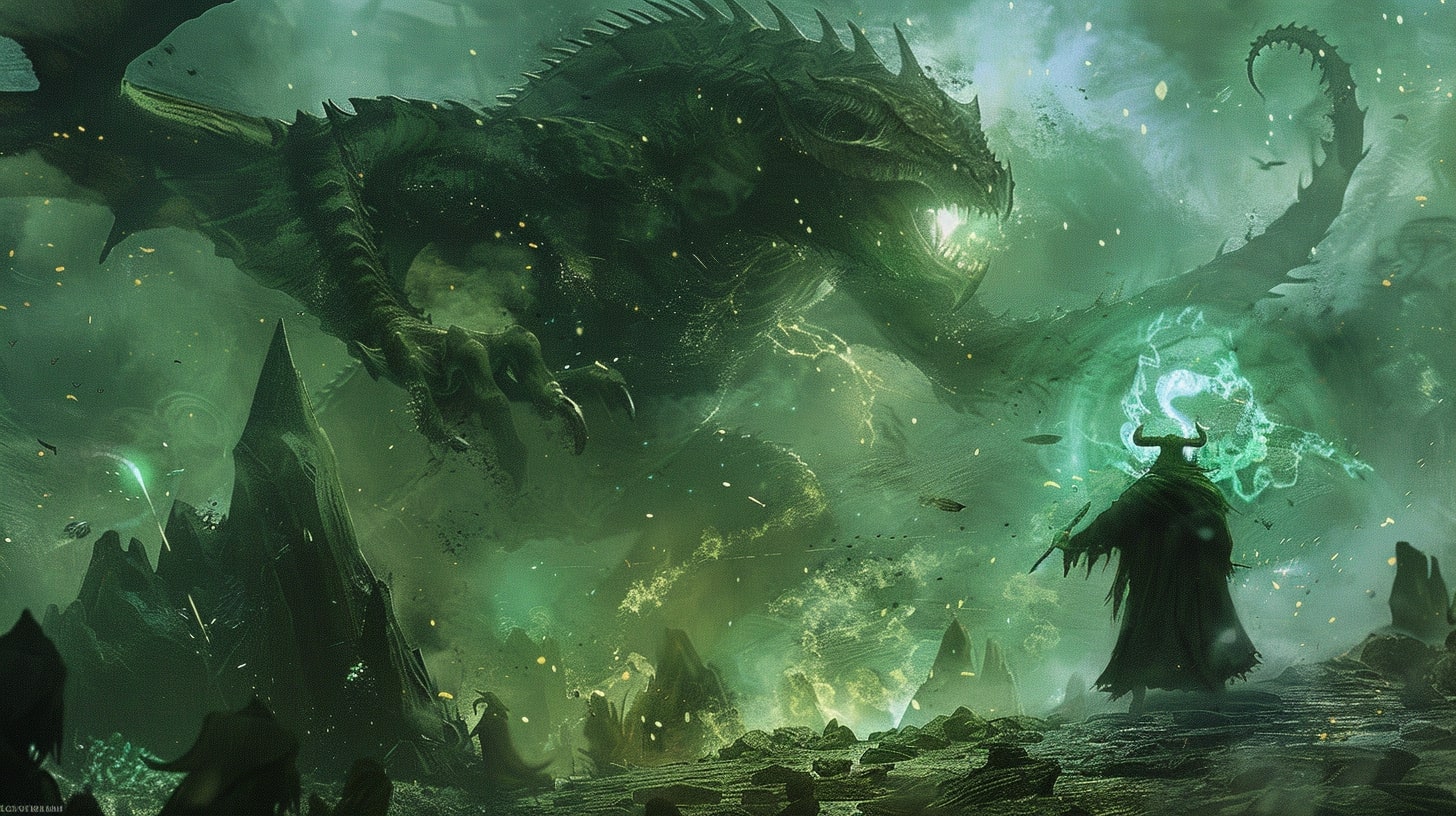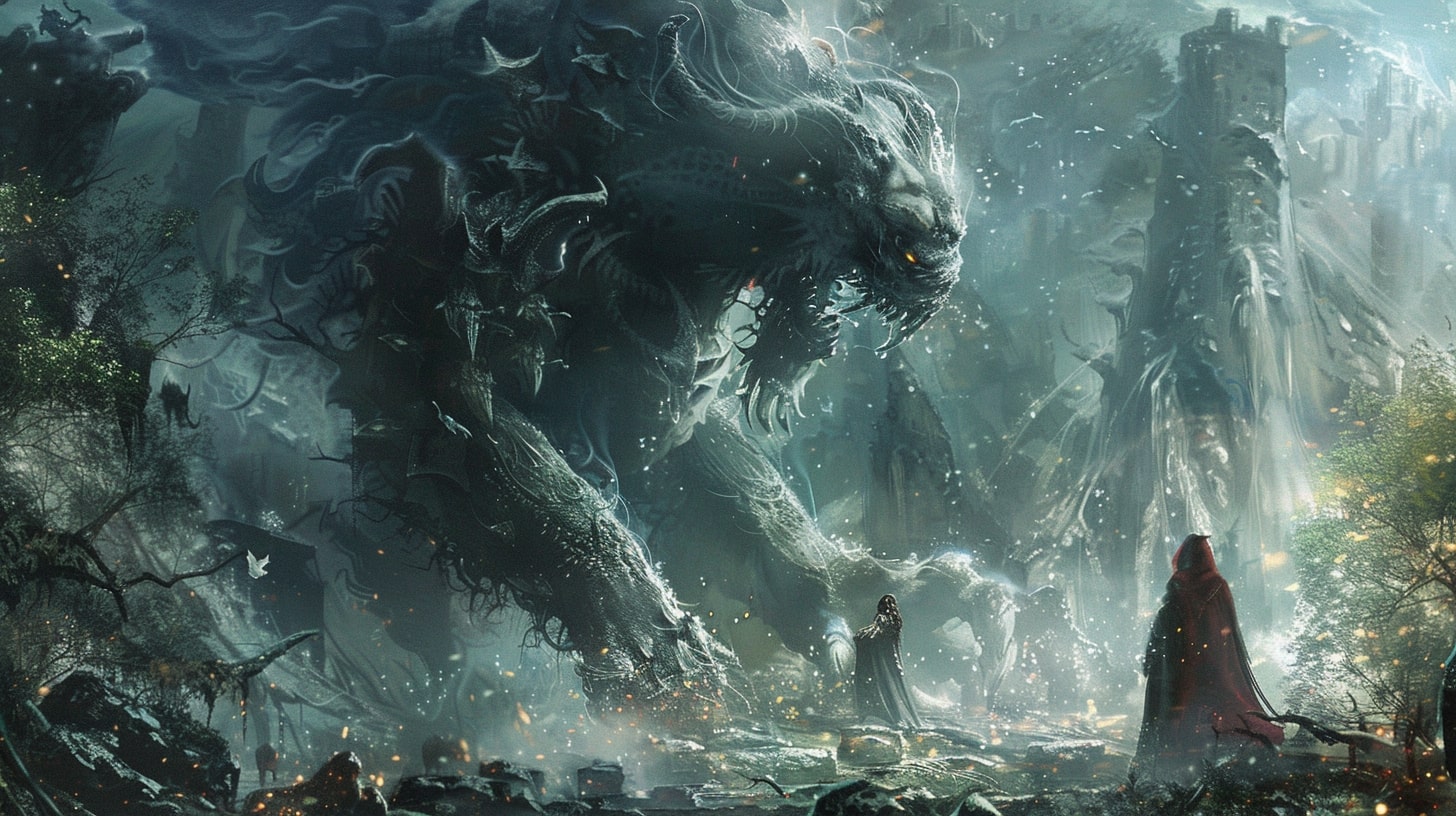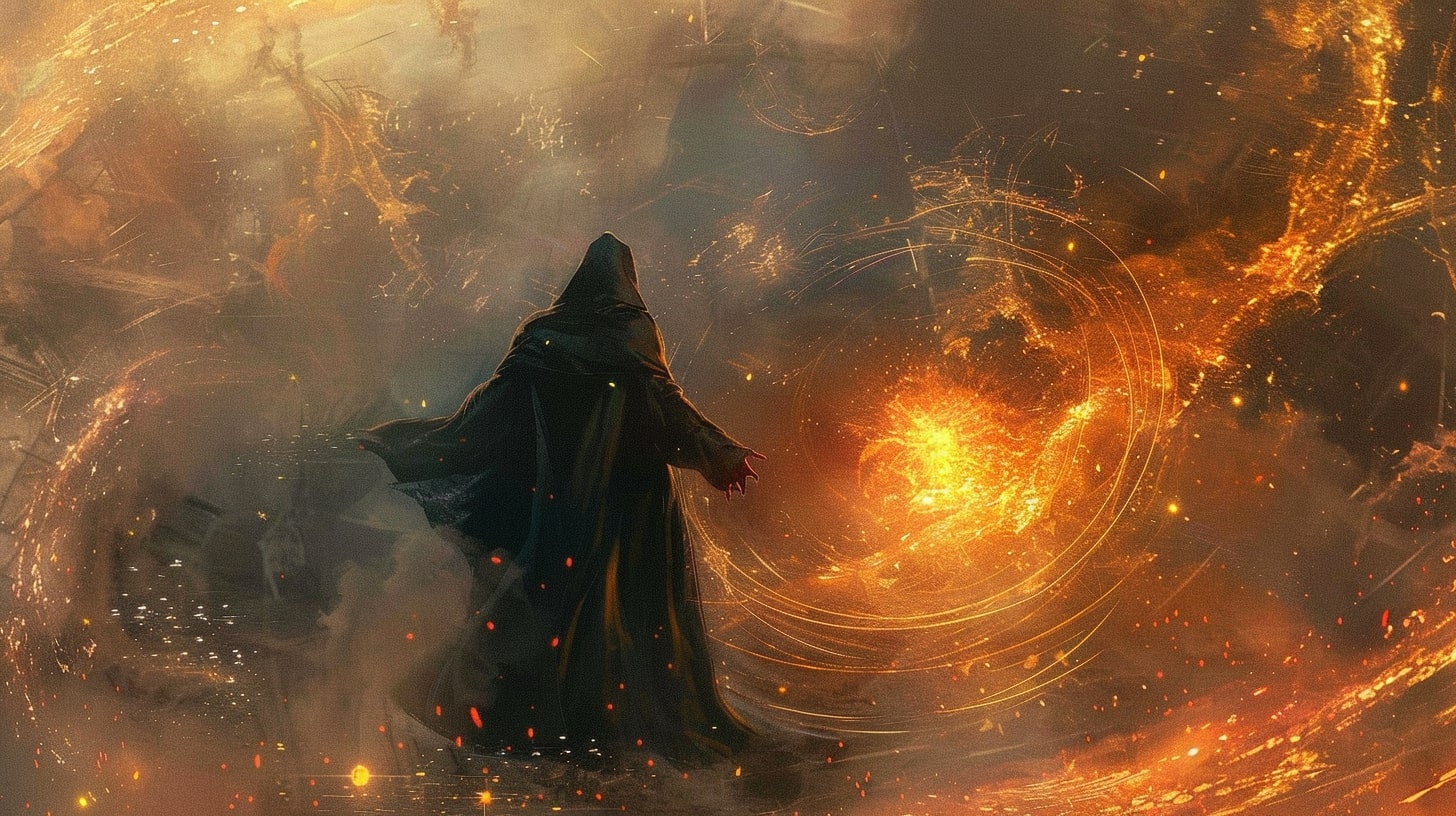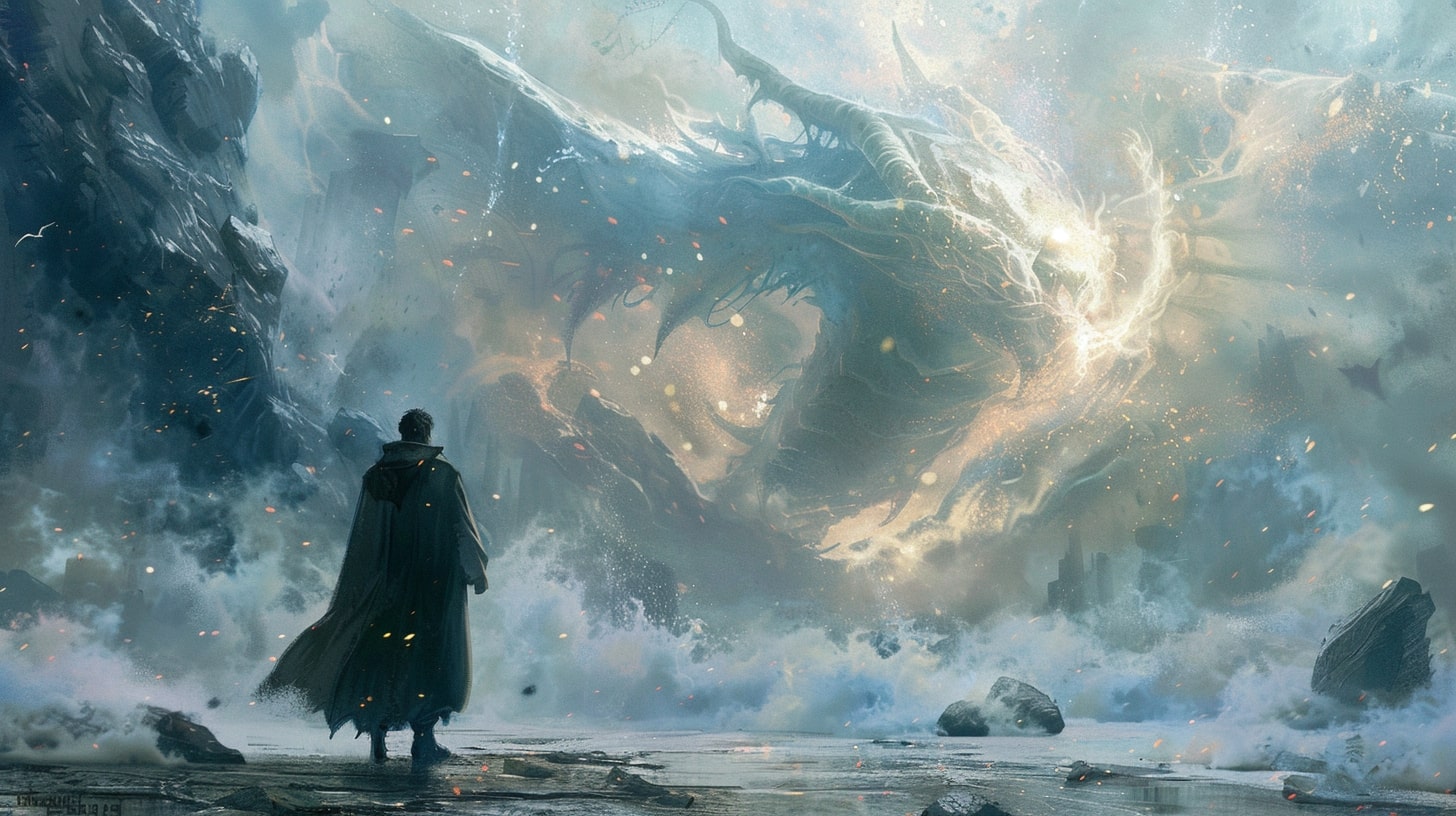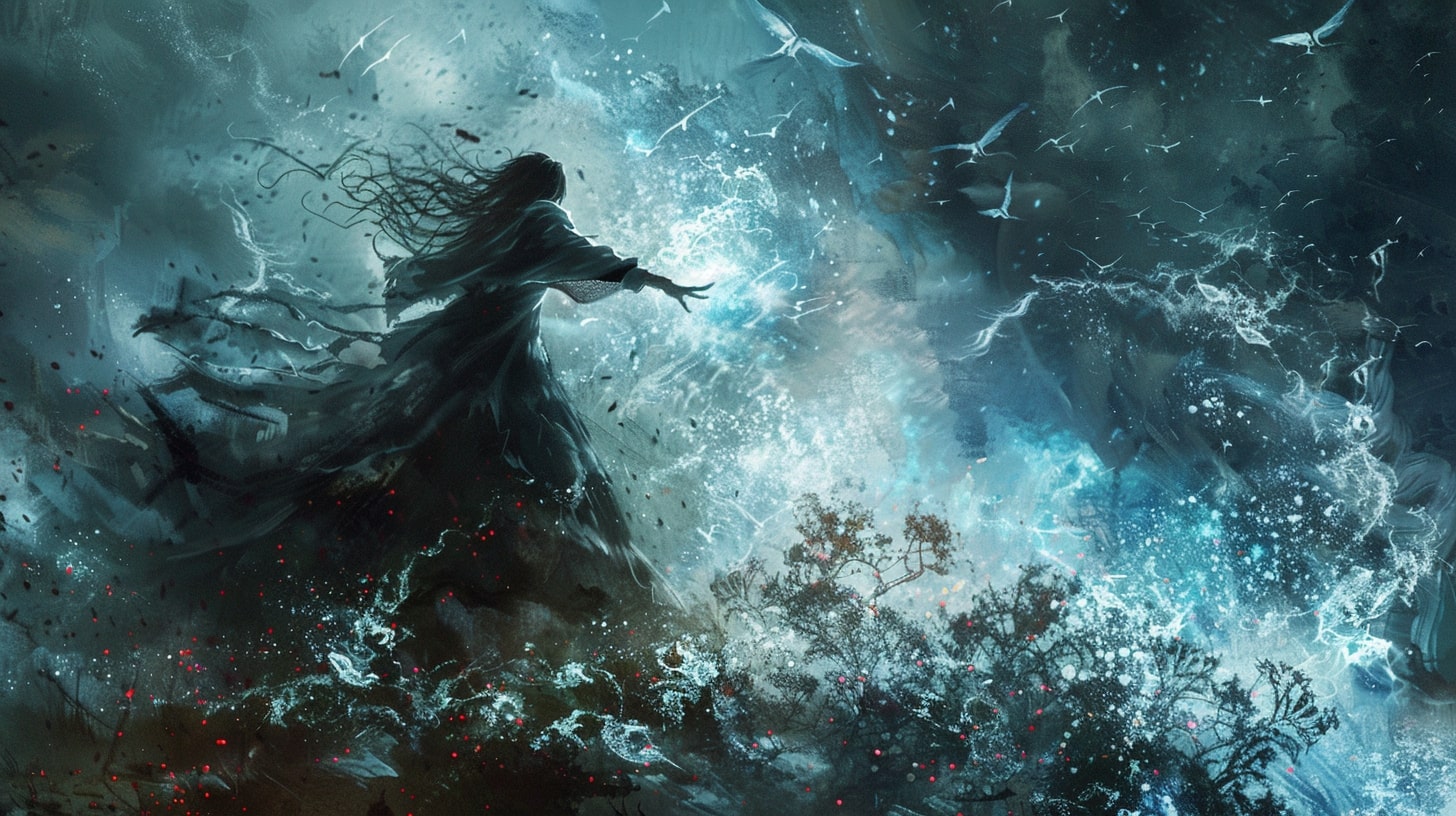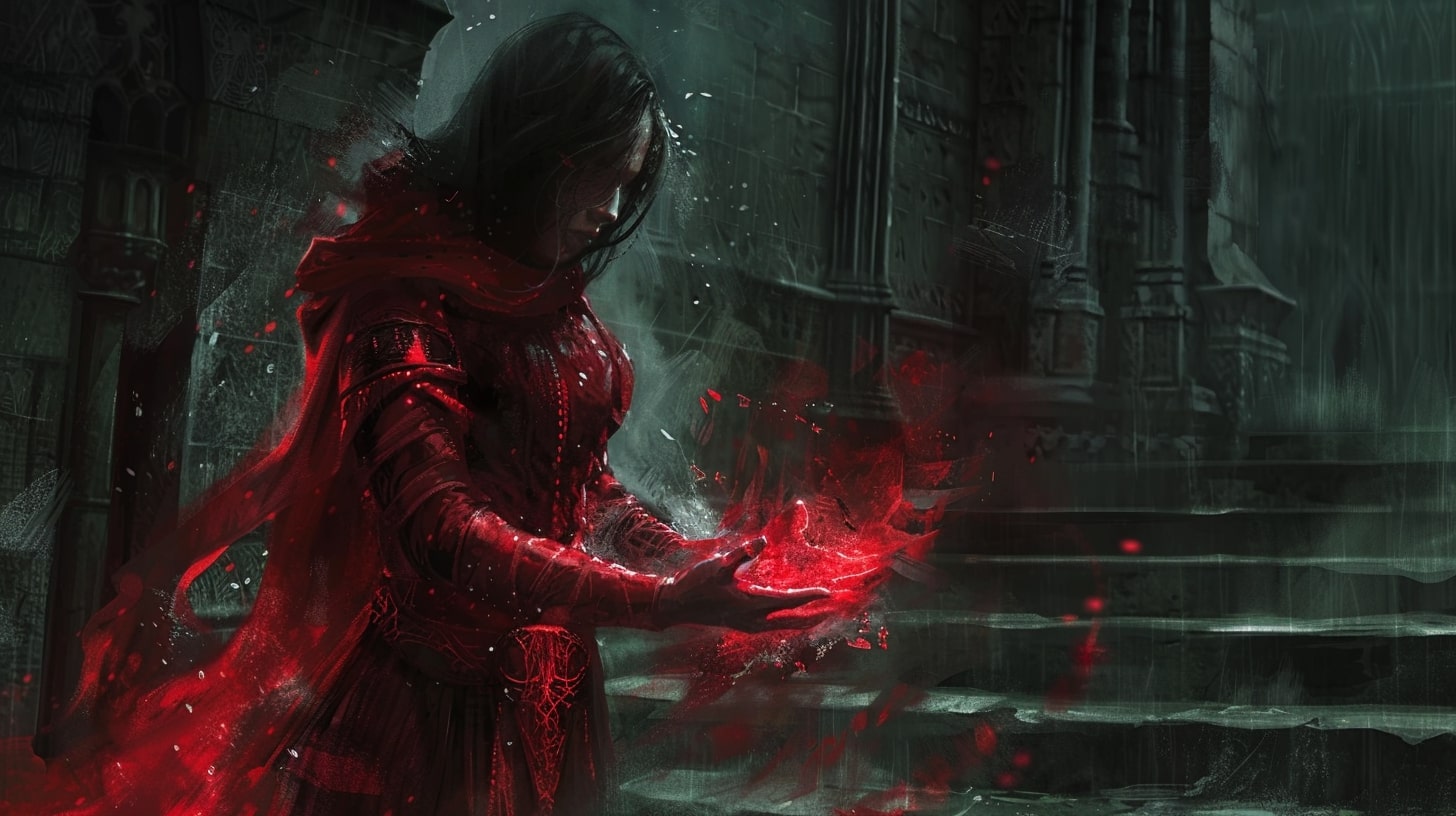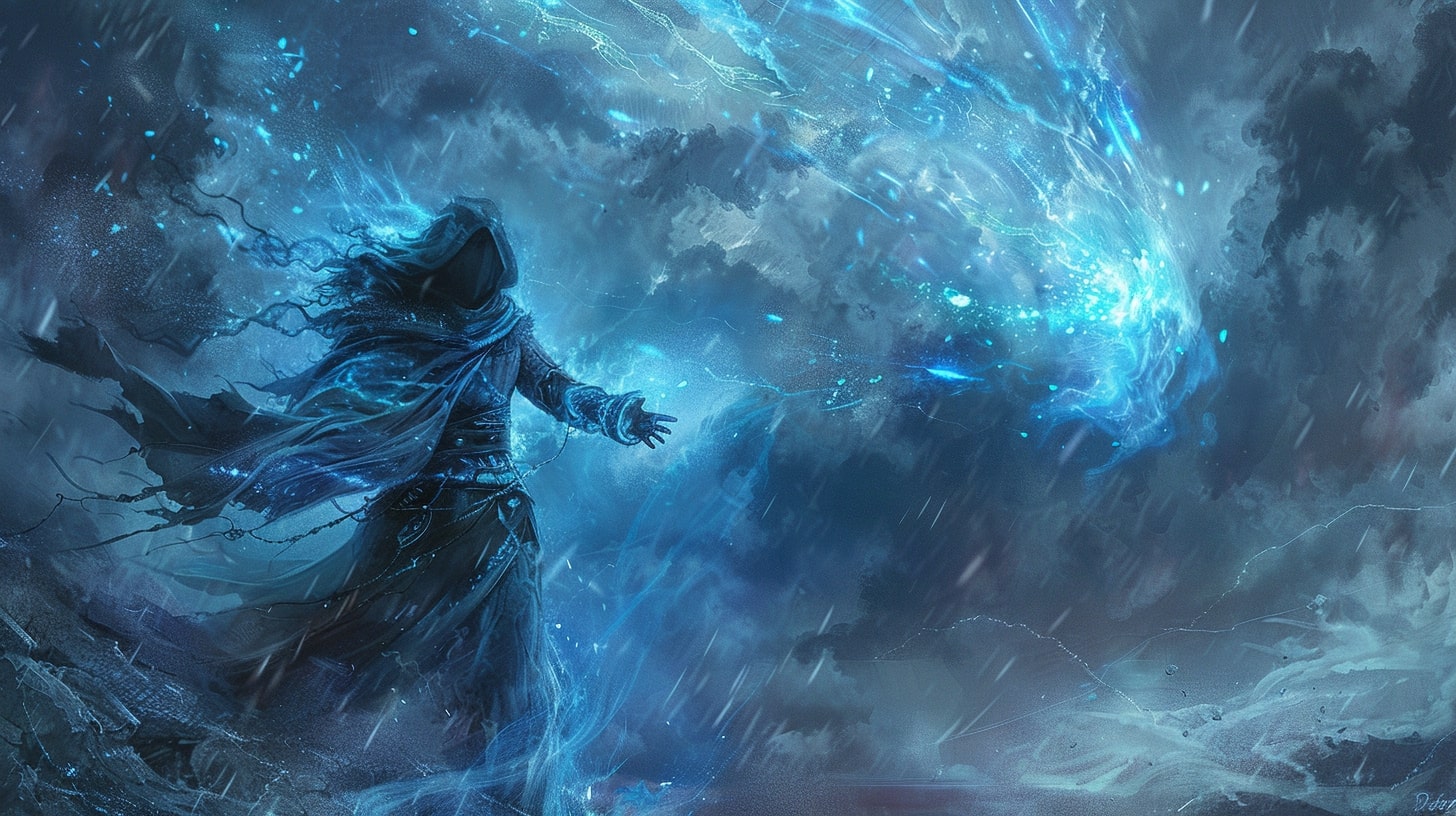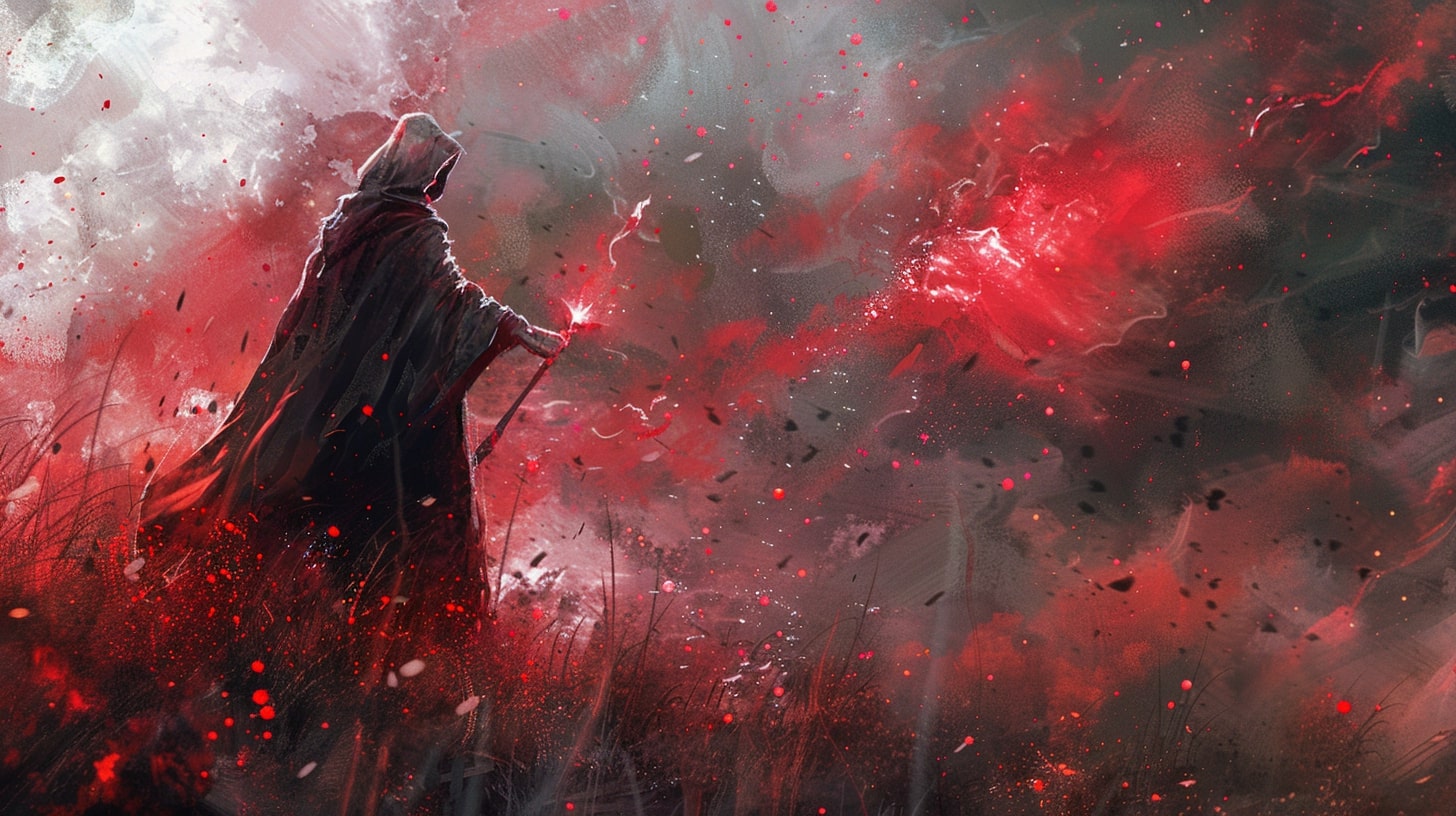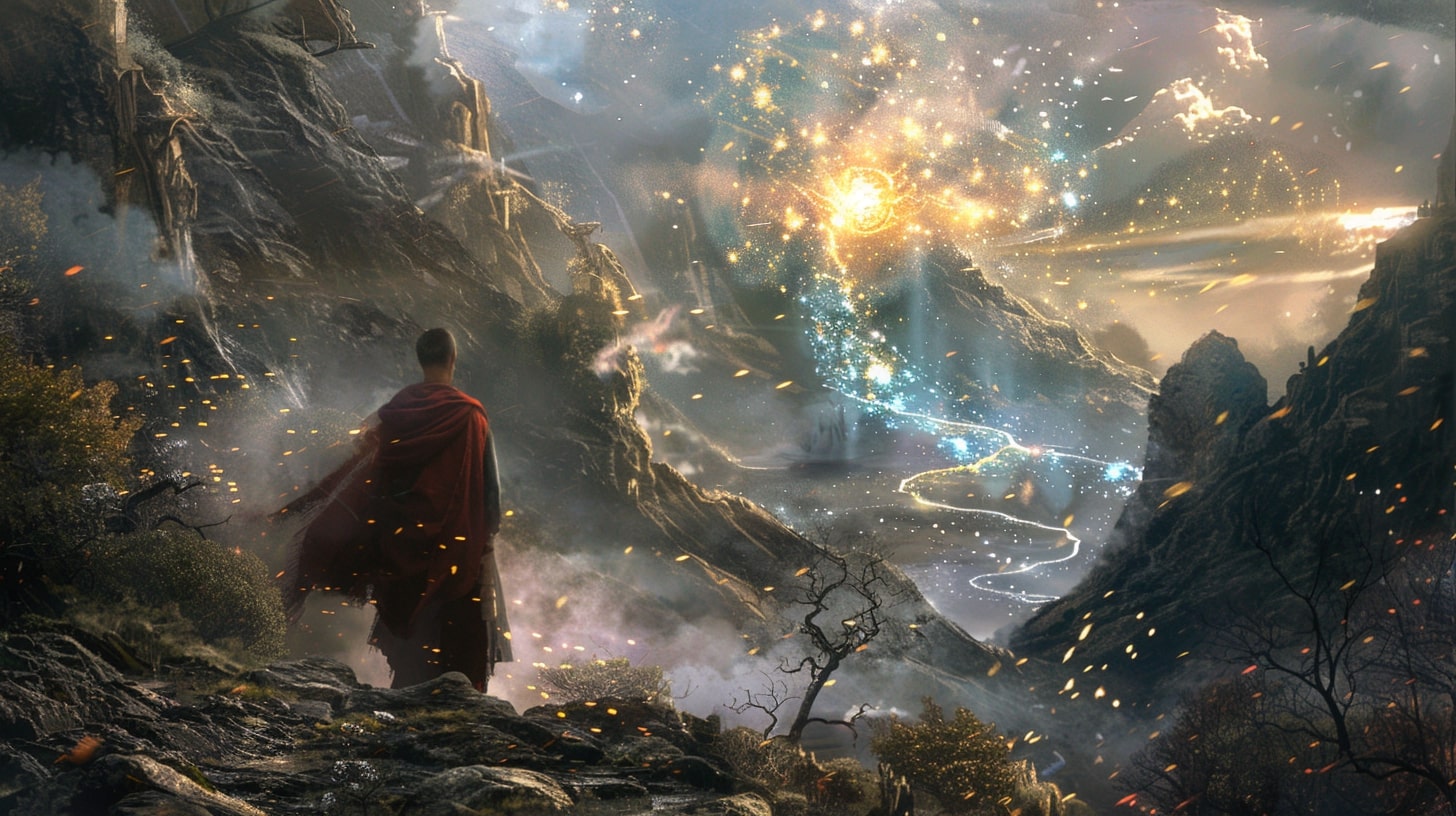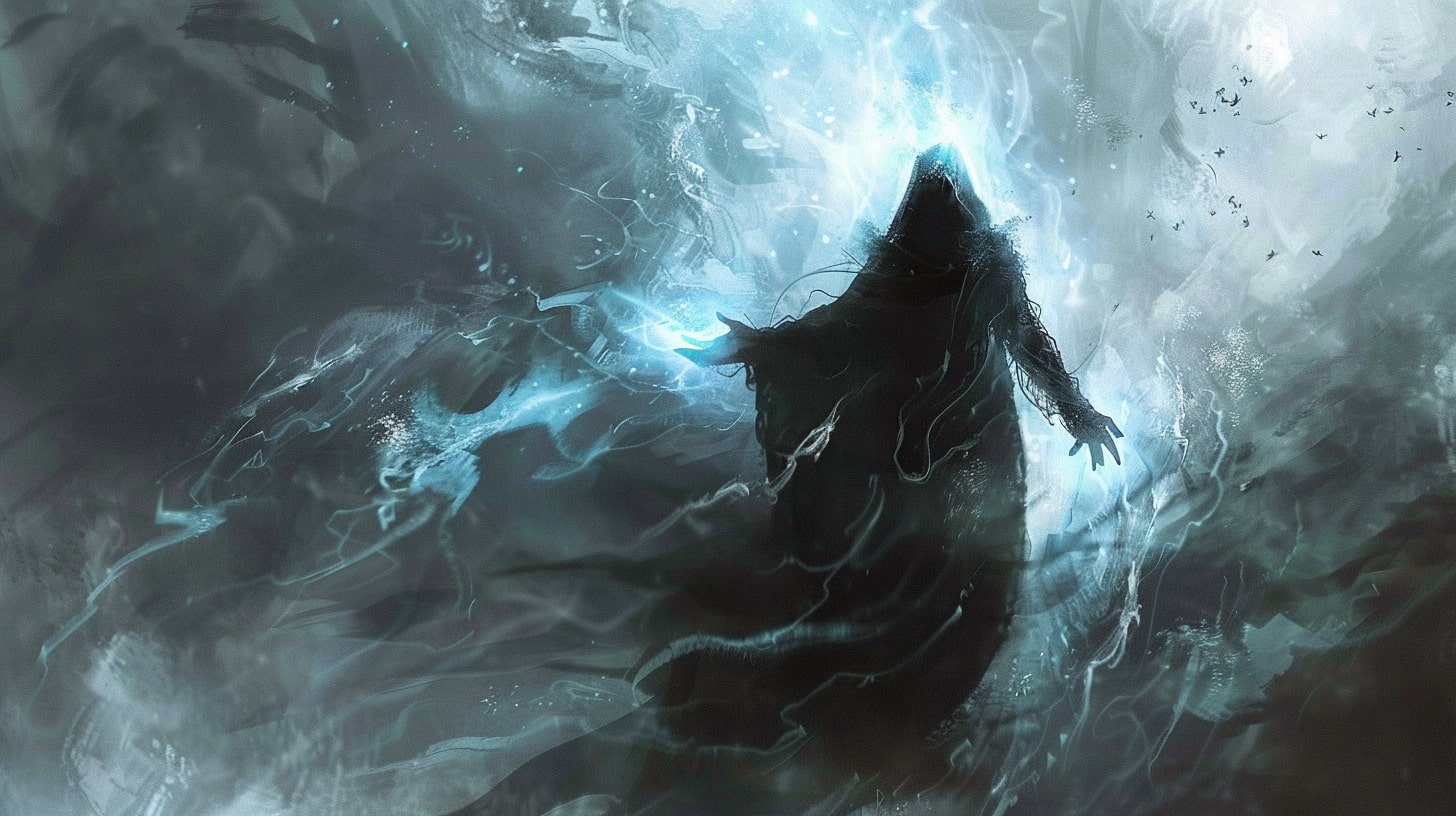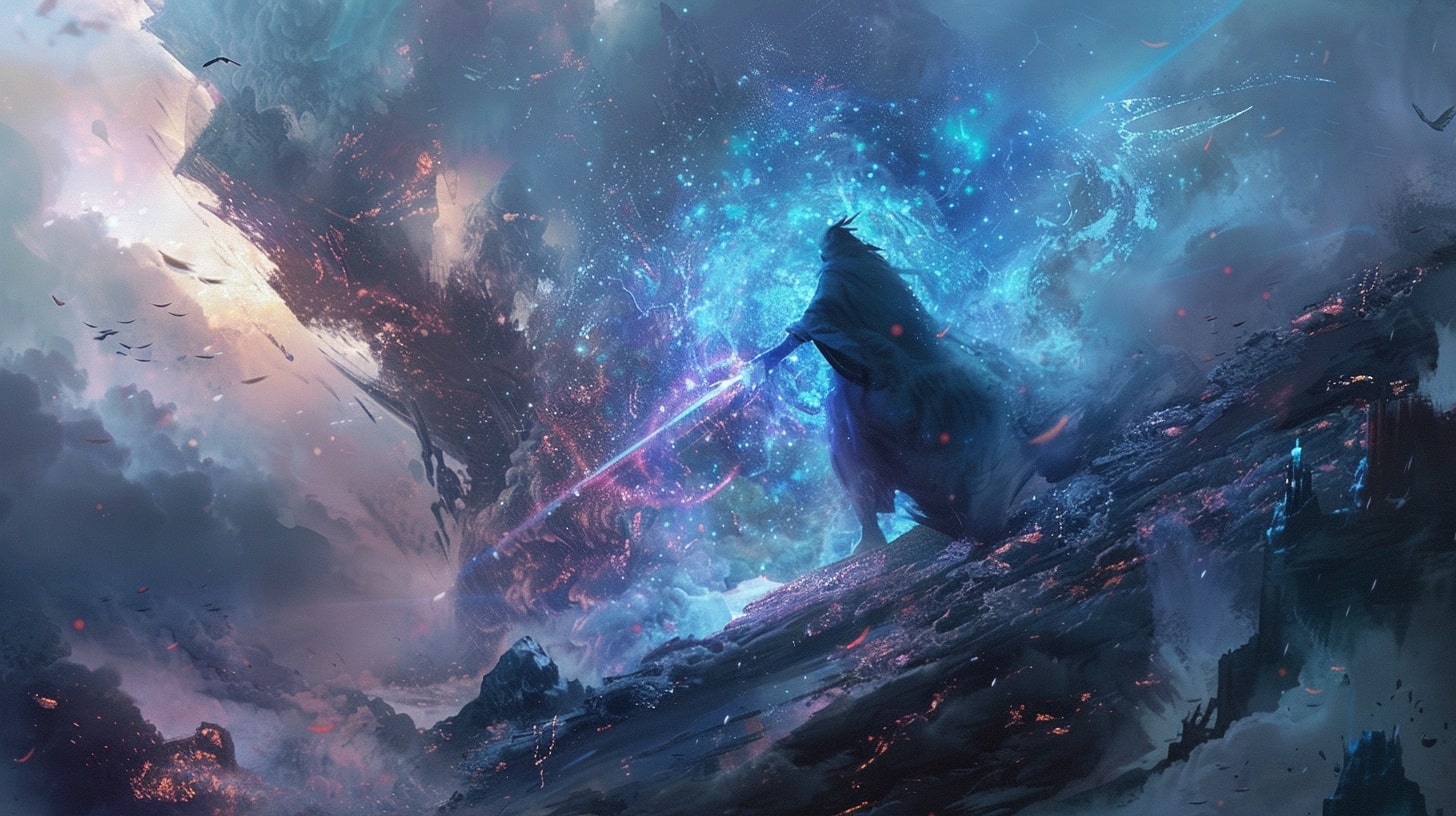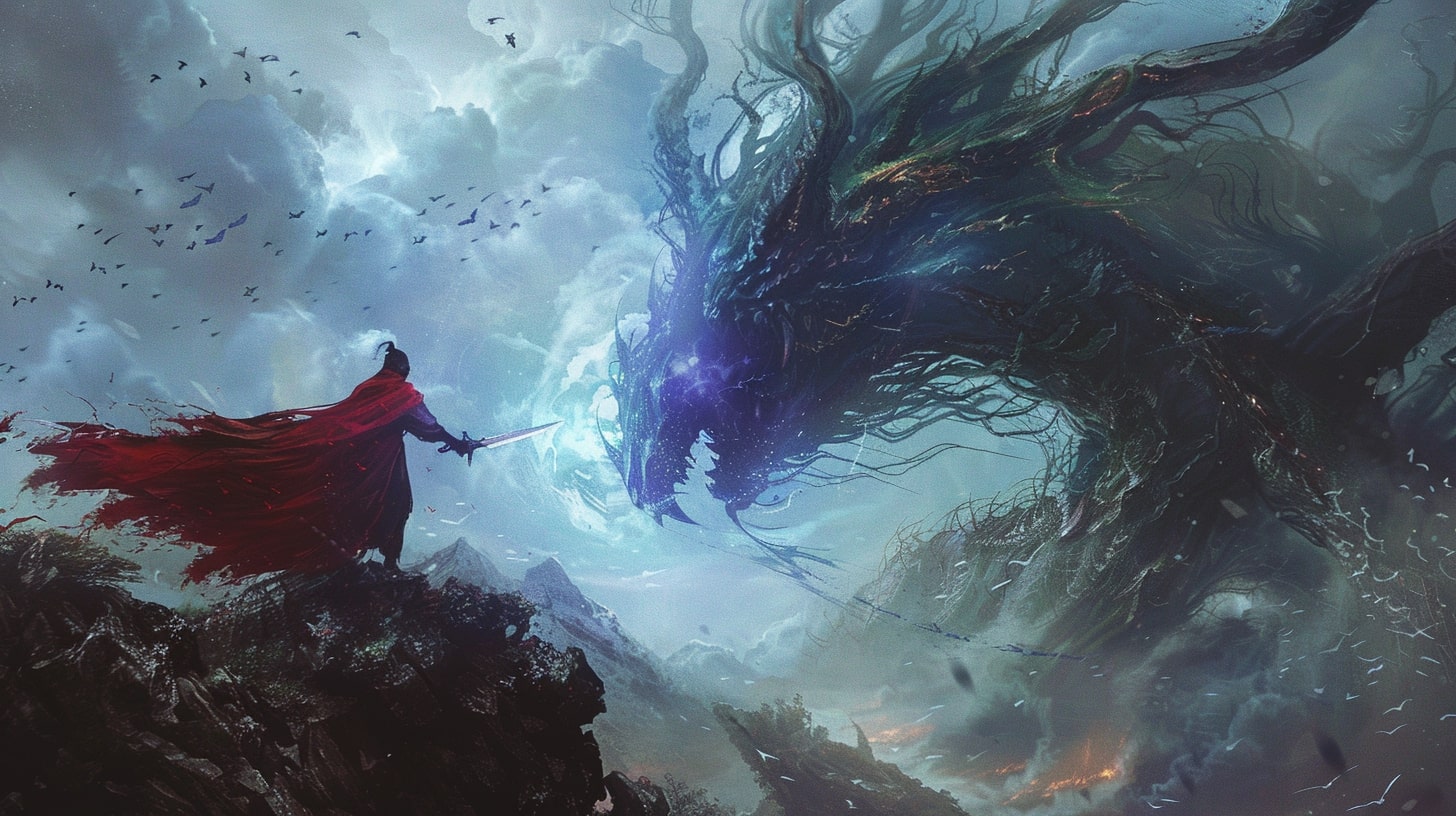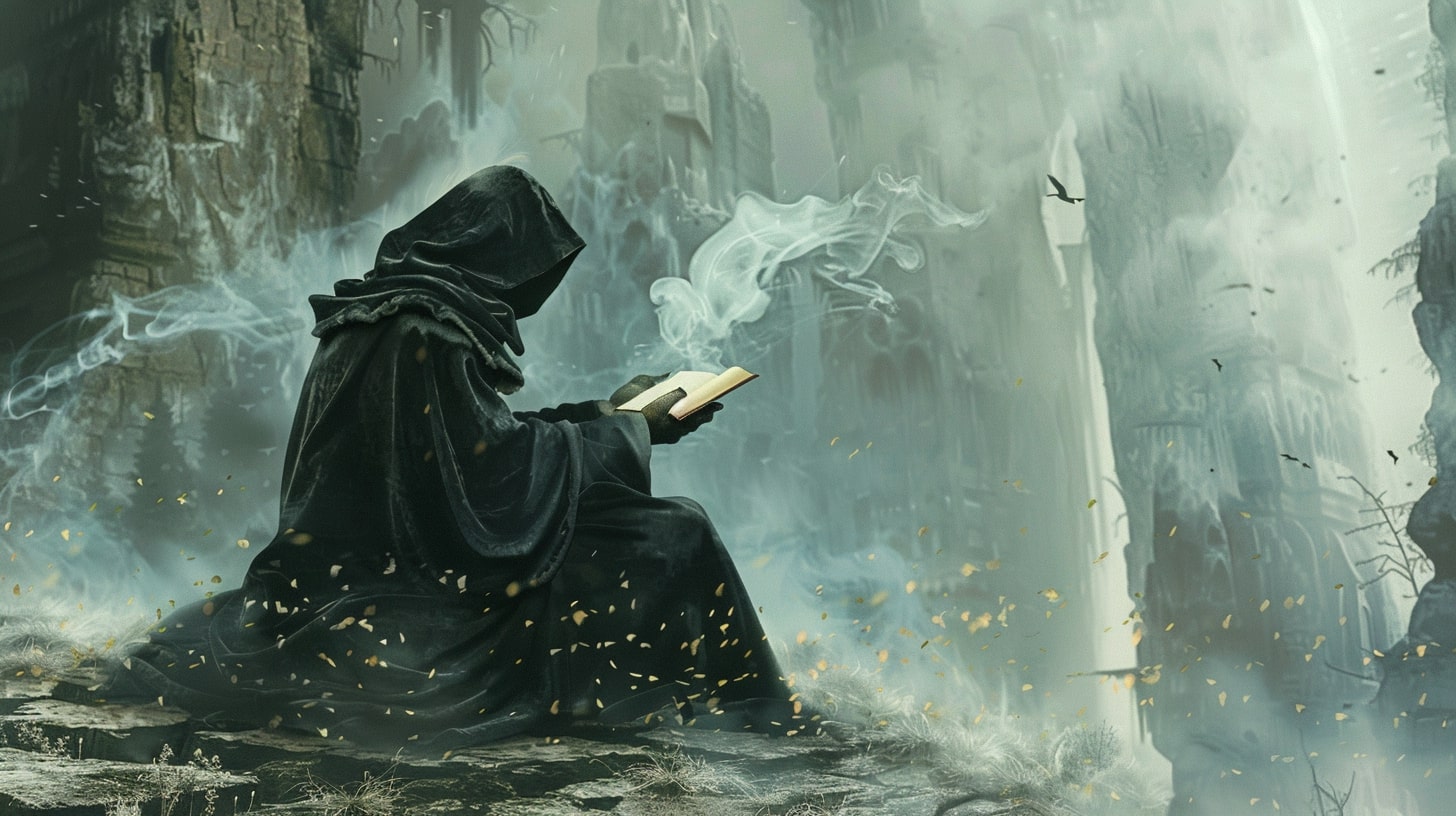In the realm of fantasy writing, magic systems hold a special place, captivating both readers and writers alike. They are an integral aspect of worldbuilding, adding depth and intrigue to the fictional worlds you create.
Let’s explore what magic systems are and why they are important in fantasy writing. Of course, we will have to cover some magic system examples to round things out.
What Are Magic Systems?
Magic systems refer to the set of rules, limitations, and mechanics that govern the use of magic within a fictional world. They define how magic works, who can wield it, and what it can accomplish. A well-developed magic system adds consistency and logic to the fantastical elements of your story, making them feel more believable and immersive.
Magic systems can take various forms, ranging from elemental magic, blood magic, to the use of runes and symbols. Each magic system has its own unique characteristics, which can greatly impact the dynamics of your story. If you’re looking for inspiration, check out our article on magic system ideas for a wide range of concepts to explore.
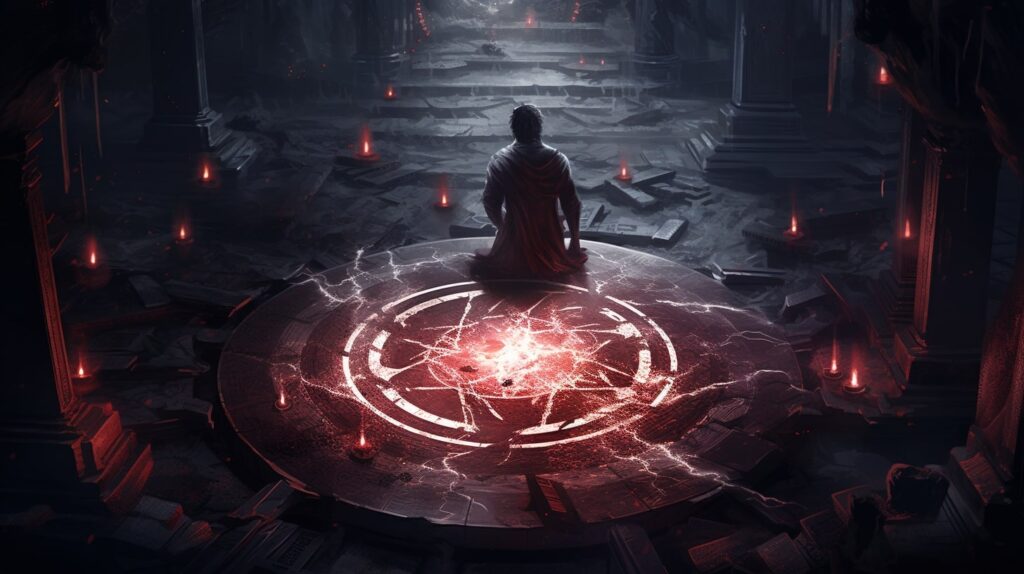
Importance of Magic Systems in Fantasy Writing
Magic systems play a crucial role in fantasy writing for several reasons. First and foremost, they provide a sense of wonder and enchantment, creating a captivating world for readers to immerse themselves in. Magic often serves as a driving force behind the conflicts, quests, and adventures that unfold within your story.
Moreover, magic systems bring balance and structure to your fictional world. By defining the rules and limitations of magic, you establish boundaries for your characters and their abilities. This adds tension and suspense, as characters must navigate the constraints of their magic system to overcome obstacles and achieve their goals.
Magic systems can also serve as a metaphorical tool, addressing real-world themes and issues. They allow you to explore the human condition, power dynamics, and morality within the context of your story. By carefully crafting your magic system, you can create thought-provoking narratives that resonate with readers on a deeper level.
To further understand the significance of magic systems, let’s take a look at some famous examples.
The Harry Potter series introduced readers to the intricate Wizarding World, where magic is an integral part of society.
The Wheel of Time series features a complex magic system known as the One Power, which plays a pivotal role in shaping the fate of the world.
And in The Mistborn Trilogy, the magic system of Allomancy adds a unique twist to the story, allowing characters to manipulate metals.
As a fantasy writer, creating your own magic system is an exciting and rewarding endeavor. It involves considering various elements, finding inspiration, and striking the right balance between rules and flexibility. To dive deeper into the process of crafting your own magic system, check out our article on magic system creation.
By understanding the power and importance of magic systems, you can weave captivating tales that transport readers to enchanting worlds filled with wonder and imagination. So, embrace the possibilities and let your creativity soar as you delve into the intricacies of magic systems in your fantasy writing.

Examples of Unique Magic Systems
When it comes to magic systems, there is no shortage of creativity in the fantasy genre. Authors have developed numerous unique and fascinating magic systems that capture the imagination of readers. Here are a few examples worth exploring:
Elemental Magic System
The elemental magic system revolves around the manipulation and control of the natural elements: fire, water, earth, and air. Practitioners of this magic can harness the powers of these elements to cast spells and perform extraordinary feats.
Each element possesses its own strengths, weaknesses, and associated spells. For a deeper dive into the elemental magic system, check out our article on elemental magic system.
| Element | Associated Spells |
|---|---|
| Fire | Fireball, Flame Whip, Ignite |
| Water | Water Manipulation, Healing Waters, Ice Blast |
| Earth | Rock Armor, Quake, Terraforming |
| Air | Levitation, Wind Blast, Sonic Boom |
Blood Magic System
The blood magic system derives its power from the vital life force contained within blood. Practitioners of blood magic utilize their own blood or the blood of others to perform powerful spells and rituals.
This form of magic often comes with a cost, as it requires sacrificing life energy. Blood magic is often associated with darker and more forbidden practices.
For more information on blood magic and its intricacies, visit our article on blood magic system.
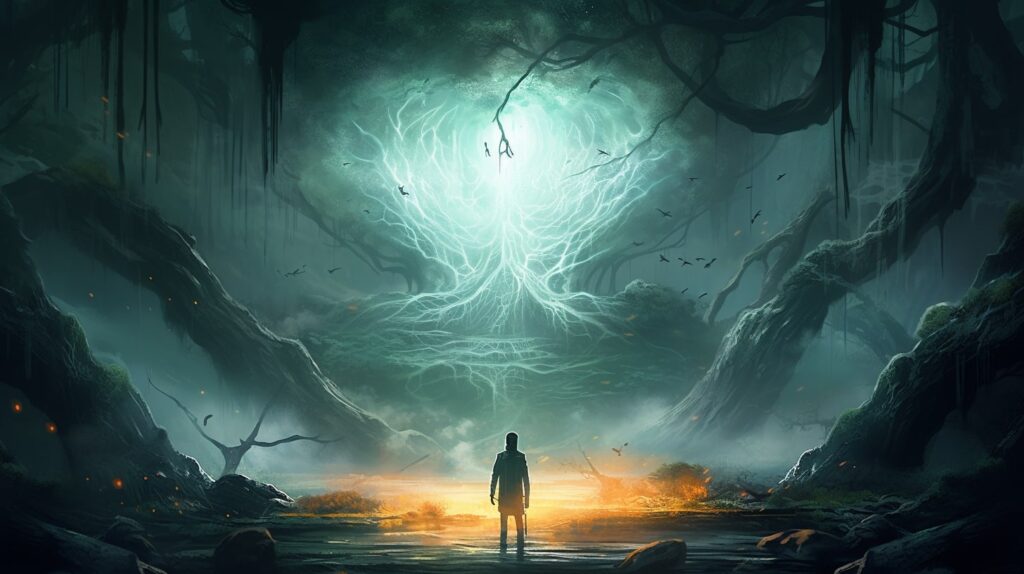
Runes and Symbols Magic System
In the runes and symbols magic system, magical power is channeled through intricate symbols, glyphs, or runes. Each symbol holds a specific meaning and represents a different magical effect.
Runes can be inscribed onto objects, drawn in the air, or carved into surfaces to cast spells or create magical wards. This magic system requires a deep understanding of the symbols and their associated meanings.
To learn more about the runes and symbols magic system, head over to our article on magic system concepts.
These examples provide just a glimpse into the vast array of unique magic systems that exist in fantasy literature. As a fantasy writer, you have the opportunity to create your own magic system, incorporating elements from existing systems or developing entirely new concepts.
Remember to consider the rules, limitations, and balance of your magic system to ensure a cohesive and engaging world for your readers.
For more guidance on creating your own magic system, check out our article on magic system creation. Let your imagination soar as you craft a magical world that captivates and enchants your readers.
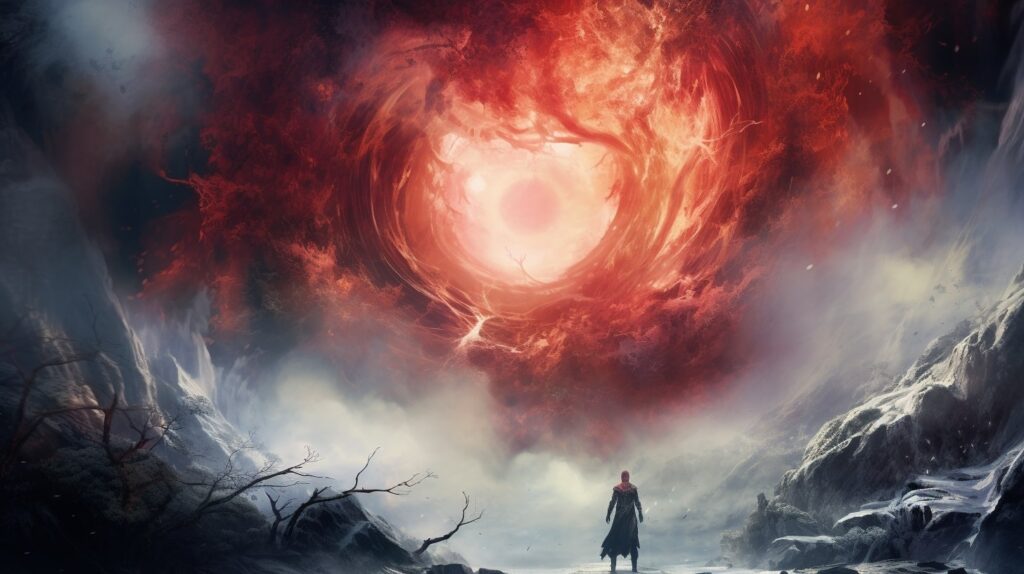
Examples of Complex Magic Systems
In the realm of fantasy writing, complex magic systems can add depth and intrigue to your world. These systems often have well-defined rules and limitations, creating a sense of consistency and believability. Let’s explore some examples of complex magic systems: Sanderson’s Laws of Magic, Soft Magic System, and Hard Magic System.
Sanderson’s Laws of Magic
Sanderson’s Laws of Magic, coined by renowned fantasy author Brandon Sanderson, provide a framework for creating compelling and internally consistent magic systems. These laws emphasize the importance of understanding and establishing the limitations and costs of magic within your world.
- The Law of Magic: An Author’s Ability to Solve Conflict with Magic is Directly Proportional to How Well the Reader Understands Said Magic – This law emphasizes the need for clarity and understanding when introducing magic into your story. By clearly defining the rules and limitations of your magic system, you can avoid deus ex machina situations and maintain reader engagement.
- The Law of Limitations: The More Limitations a Magic System Has, the More Interesting It Becomes – Limitations add depth and tension to your magic system. By placing restrictions on the use of magic, such as limited energy or specific conditions, you can create opportunities for conflict and character development.
- The Law of Escalation: As the Use of Magic Increases, the Requirements and Limitations Must Also Increase – This law ensures that the stakes are raised as magic becomes more powerful or prevalent in your story. As characters gain mastery over magic, they must face greater challenges and consequences.
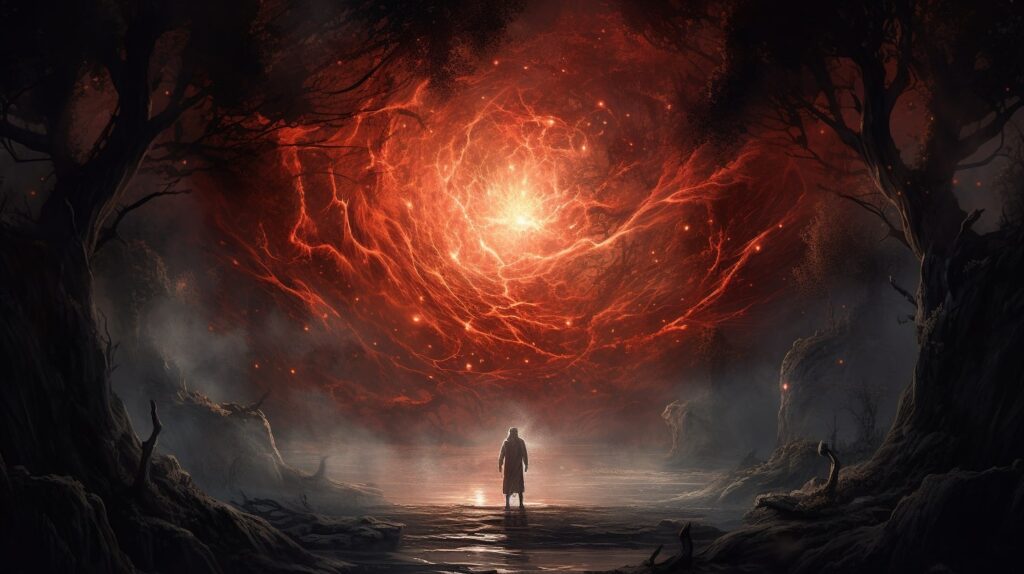
Soft Magic System
A soft magic system is characterized by its mysterious and unexplained nature. In a soft magic system, the rules and limitations of magic are often vague or unknown, leaving room for wonder and awe.
The focus is more on the effects of magic rather than the mechanics behind it. Examples of soft magic systems can be found in works like J.R.R. Tolkien’s The Lord of the Rings and George R.R. Martin’s A Song of Ice and Fire series.
In soft magic systems, the use of magic may be tied to mystical forces or supernatural beings, and its exact workings may remain a mystery. This type of magic system can create a sense of wonder and mystique, allowing for unexpected and awe-inspiring moments.
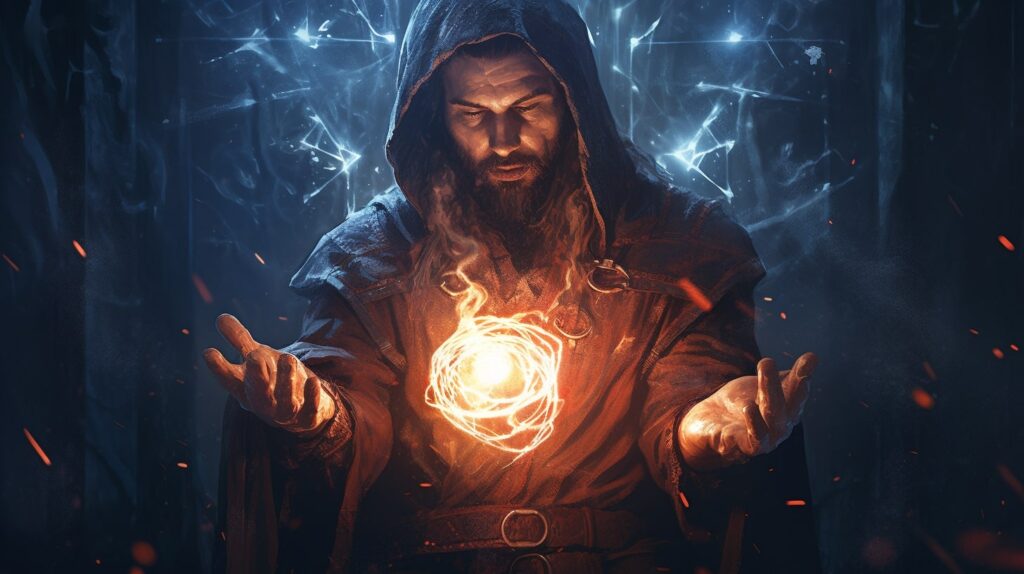
Hard Magic System
Contrasting with soft magic systems, hard magic systems are characterized by their clearly defined rules and limitations. These systems often have well-established laws governing the use of magic, and the mechanics and effects of magic are explained in detail.
Examples of hard magic systems can be found in Brandon Sanderson’s Mistborn series and Patrick Rothfuss’ The Kingkiller Chronicle.
In a hard magic system, the reader is provided with a comprehensive understanding of how magic works. The rules and limitations are clearly defined, and the use of magic is often tied to specific sources, rituals, or techniques.
This allows for intricate and strategic uses of magic, creating opportunities for problem-solving and conflict resolution.
By exploring these examples of complex magic systems, you can gain inspiration for your own worldbuilding endeavors. Whether you choose to follow Sanderson’s Laws, embrace the mystery of a soft magic system, or delve into the intricacies of a hard magic system, remember to create a system that fits seamlessly into your world and enhances your storytelling.

Showcasing Famous Magic Systems
In the realm of fantasy literature, several famous magic systems have captivated readers with their intricacy and imagination. Let’s take a closer look at some notable examples:
Harry Potter’s Wizarding World
J.K. Rowling’s Harry Potter series introduced readers to a rich and enchanting magic system within the Wizarding World.
In this universe, magic is an inherent ability possessed by witches and wizards. They study at Hogwarts School of Witchcraft and Wizardry to develop their magical skills, learning spells, potions, and other magical arts.
The magic system in Harry Potter emphasizes the importance of intention, focus, and wand movements in performing spells. It features a wide range of spells like Expelliarmus, Wingardium Leviosa, and Avada Kedavra, each with specific effects and limitations.
The series also explores various magical creatures, objects, and locations, adding depth to the magical world. For more ideas on creating your own magic system, check out our article on magic system ideas.
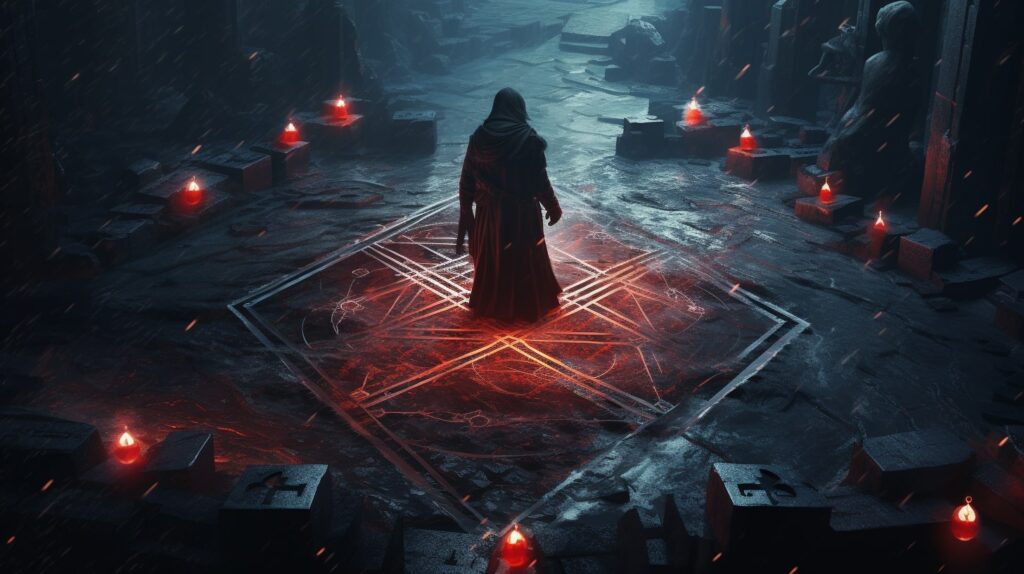
The Wheel of Time’s One Power
Robert Jordan’s epic fantasy series The Wheel of Time introduces a unique magic system known as the One Power.
In this world, certain individuals, called channelers, can tap into the One Power, which is divided into two halves: saidin (male) and saidar (female). Channelers can weave together threads of the One Power to create powerful effects, such as manipulating the elements, healing, and creating protective barriers. However, the use of the One Power comes with risks and limitations.
The magic system in The Wheel of Time explores the balance between the genders and the consequences of wielding immense power. For more insights into magic system worldbuilding, visit our article on magic system worldbuilding.
The Mistborn Trilogy’s Allomancy
Brandon Sanderson’s Mistborn trilogy showcases a unique and intricate magic system known as Allomancy.
In this series, certain individuals, known as Mistings or Mistborns, can ingest and burn specific metals to gain various magical abilities. Each metal grants a specific power, such as enhanced strength, emotional manipulation, or the ability to push and pull on metals.
The magic system in Mistborn follows specific rules and limitations, providing a structured framework for the use of these powers. Sanderson’s detailed exploration of Allomancy and its integration into the world of the series has made it a favorite among fantasy readers. If you’re interested in designing your own magic system, our article on magic system design can provide helpful guidance.
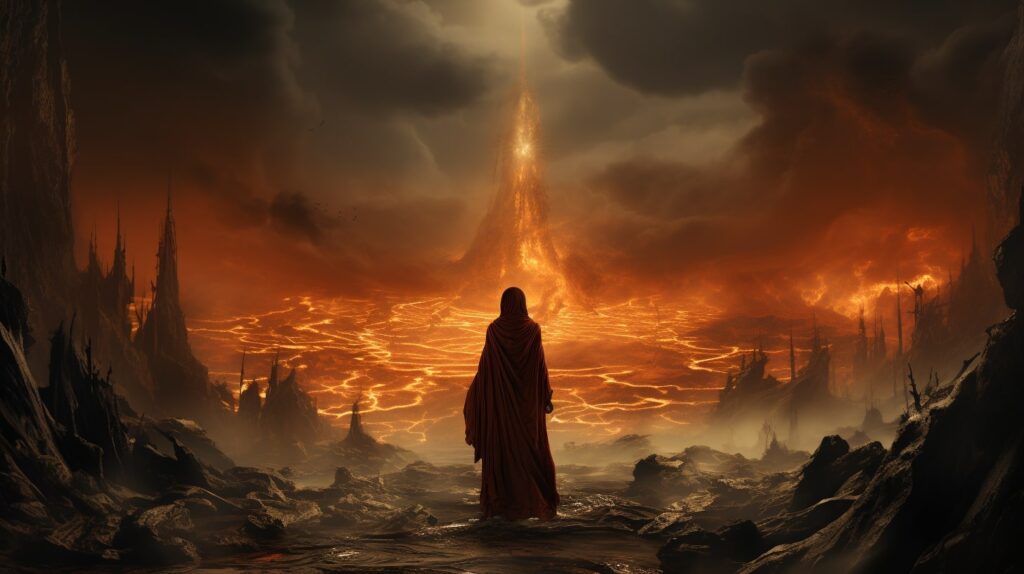
These famous magic systems serve as inspiration for fantasy writers and demonstrate the boundless creativity that can be infused into the world of magic. As you develop your own magic system, consider the elements that make these examples captivating, such as clear rules, unique abilities, and the integration of magic into the broader story. Remember to strike a balance between the logic and limitations of your magic system, allowing it to enhance the narrative and immerse readers in a world of wonder.
Creating Your Own Magic System
If you’re a fantasy writer, creating your own unique magic system can be an exciting and rewarding endeavor. Building a well-crafted magic system adds depth and intrigue to your world and characters. In this section, we’ll explore some key elements to consider, finding inspiration, and balancing rules and flexibility in your magic system design.
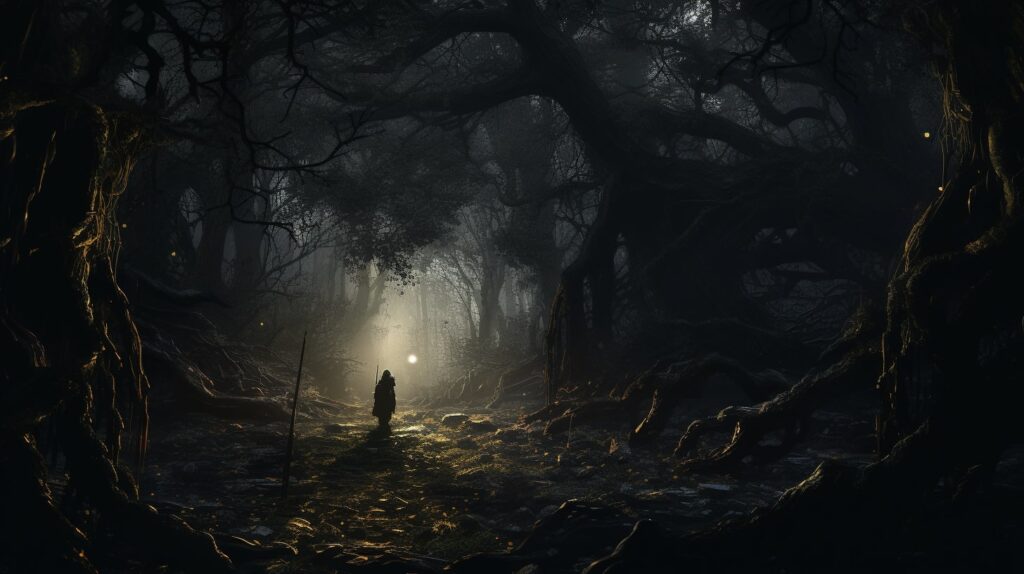
Elements to Consider
When developing your magic system, there are several elements to consider. These include the source of magic, the types of magic, rules and limitations, spellcasting mechanics, and the impact of magic on society.
- Source of Magic: Determine where the magic in your world originates from. It could be derived from elemental forces, arcane knowledge, divine sources, or even nature itself. Check out our articles on elemental magic system, arcane magic system, divine magic system, and nature-based magic system for inspiration.
- Types of Magic: Explore the different types of magic that exist in your world. This could include elemental magic, ritualistic magic, blood magic, light magic, dark magic, and more. Visit our article on types of magic systems for further ideas.
- Rules and Limitations: Establish clear rules and limitations for your magic system to maintain balance and prevent it from becoming overly powerful or unrealistic. Limitations can include the need for specific components, the requirement of incantations or gestures, or the exhaustion of the caster’s energy. Our article on magic system rules can provide additional guidance.
- Spellcasting Mechanics: Determine how spells are cast in your magic system. Are they spoken, written, or performed through gestures? Consider the role of rituals, symbols, and incantations in the casting process. For more insights, check out our article on magic system components.
- Impact on Society: Explore how magic influences the society within your world. Does it have a hierarchical structure? How is it regulated or controlled? Does magic create social divides or power struggles? Consider the implications of magic on different aspects of your world and the characters inhabiting it. Our article on magic system integration can provide further guidance.
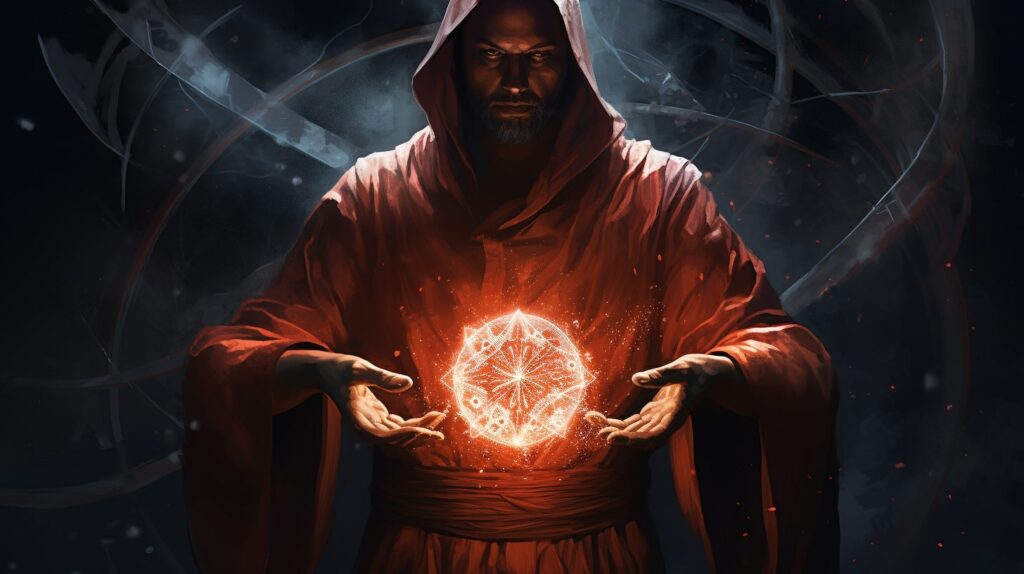
Finding Inspiration
Finding inspiration for your magic system can come from various sources. Here are a few ideas to get you started:
- Research: Dive into existing magic systems in literature, movies, and games. Analyze their mechanics, limitations, and the ways they impact the story and characters. This research can help you generate fresh ideas and avoid common clichés. Check out our article on magic system research for tips on conducting effective research.
- Real-World Beliefs: Explore real-world mythology, folklore, and religious beliefs. Look for concepts related to magic, rituals, and supernatural abilities. Incorporating elements from different cultures can add depth and authenticity to your magic system. However, remember to approach these sources with respect and avoid appropriating or misrepresenting cultural practices.
- Nature and Science: Look to nature and science for inspiration. Natural phenomena, scientific principles, and the laws of physics can serve as the foundation for creating unique and believable magic systems. Consider how magic interacts with these elements and the consequences it may have on the world.
- World History: Draw inspiration from historical events, ancient civilizations, and their beliefs in magic and mysticism. Explore how different cultures perceived and utilized magic in their societies. This can provide ideas for societal structures, magical rituals, and the role of magic in shaping history.
For additional guidance on finding inspiration for your magic system, visit our article on magic system inspiration.
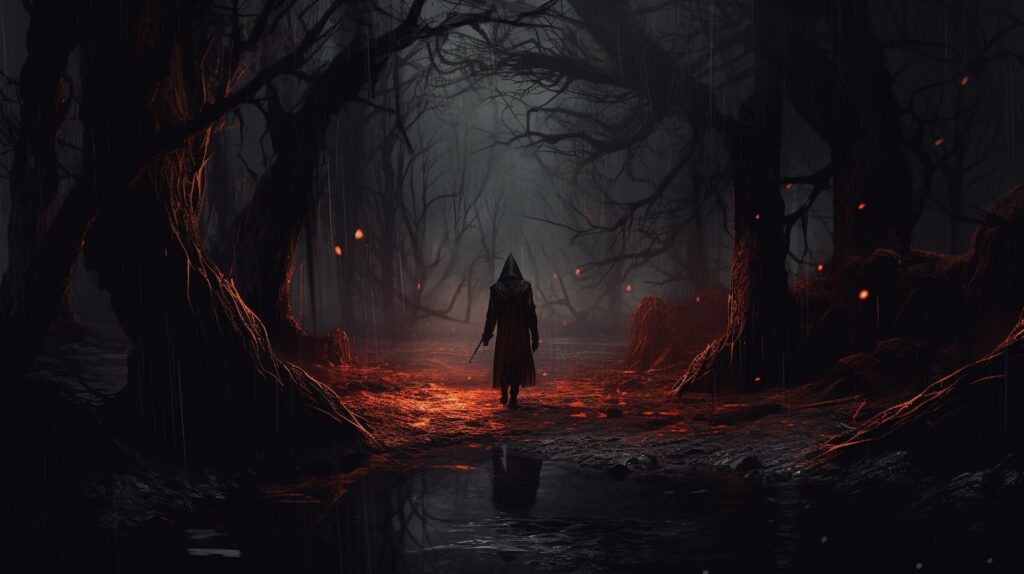
Balancing Rules and Flexibility
Striking the right balance between rules and flexibility is crucial for a well-designed magic system. Too many rules can stifle creativity, while too much flexibility can lead to inconsistencies and deus ex machina situations.
- Establish a Logical Framework: Ensure that the rules and mechanics of your magic system are internally consistent and follow a logical framework. This helps to maintain believability and prevent plot holes.
- Consider the Narrative Impact: Think about how your magic system enhances the narrative and character development. Incorporate limitations and challenges that your characters must overcome, as this can create tension and drive the plot forward.
- Avoid Overpowered Magic: Be cautious not to make magic too powerful, as this can diminish the stakes and conflict within your story. Limitations and consequences add depth and realism to your magic system.
- Maintain Balance: Strive for a balance between the extraordinary and the relatable. Magic should be intriguing and awe-inspiring, but it should still adhere to the established rules and limitations of your world.
For further insights on creating a well-balanced magic system, our article on magic system balance can provide useful tips.
By carefully considering the elements of your magic system, finding inspiration from various sources, and striking a balance between rules and flexibility, you can create a captivating and unique magic system that enhances your fantasy world and engages your readers. Happy worldbuilding!


